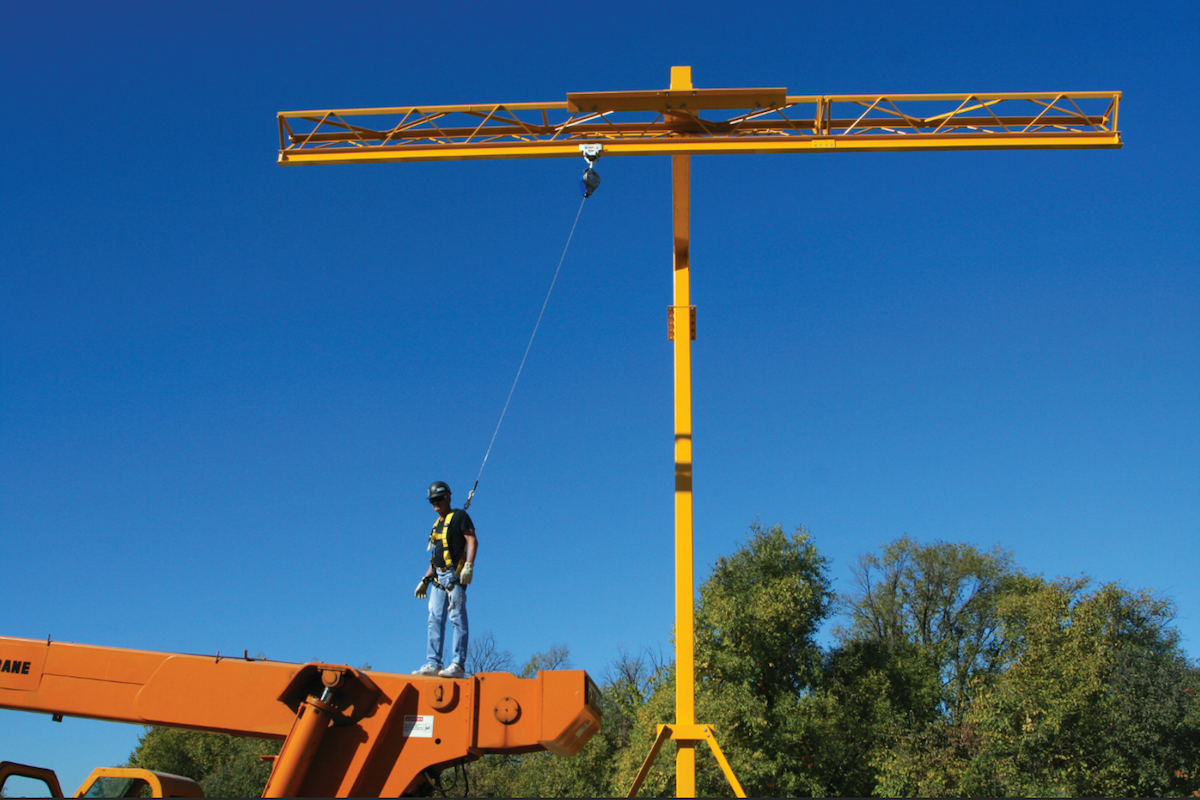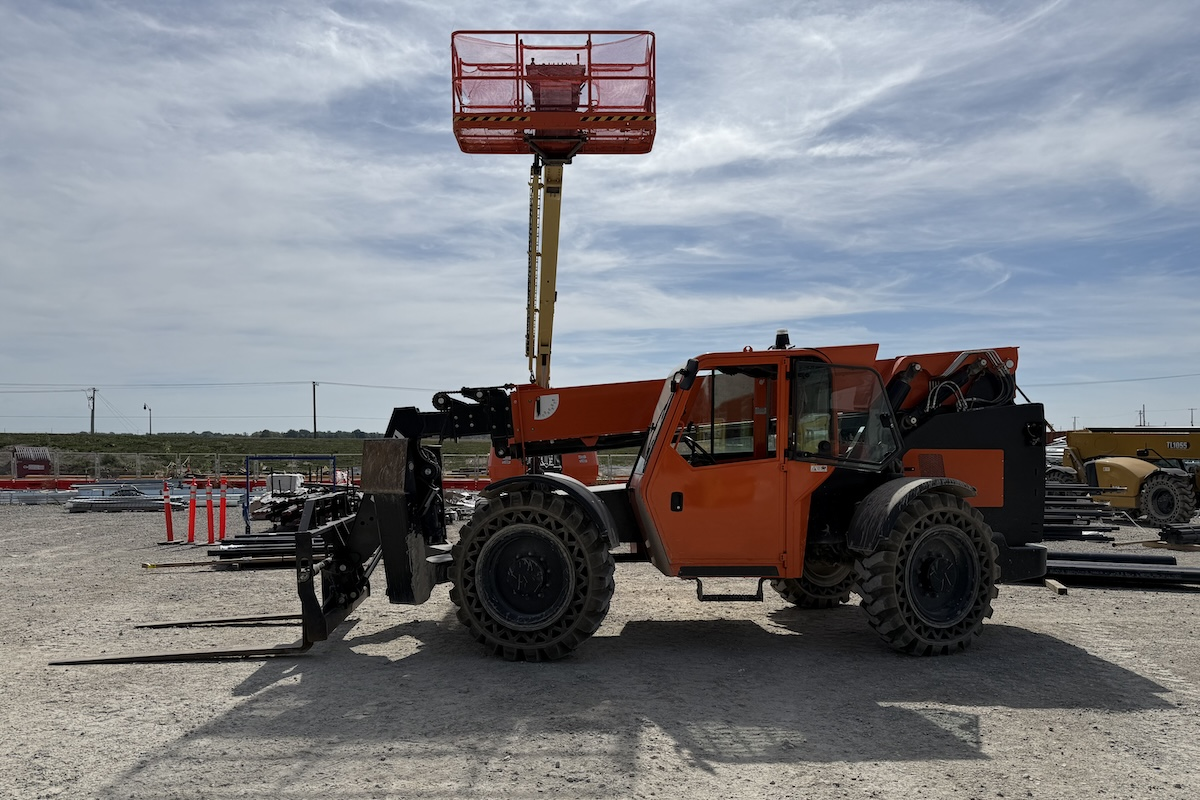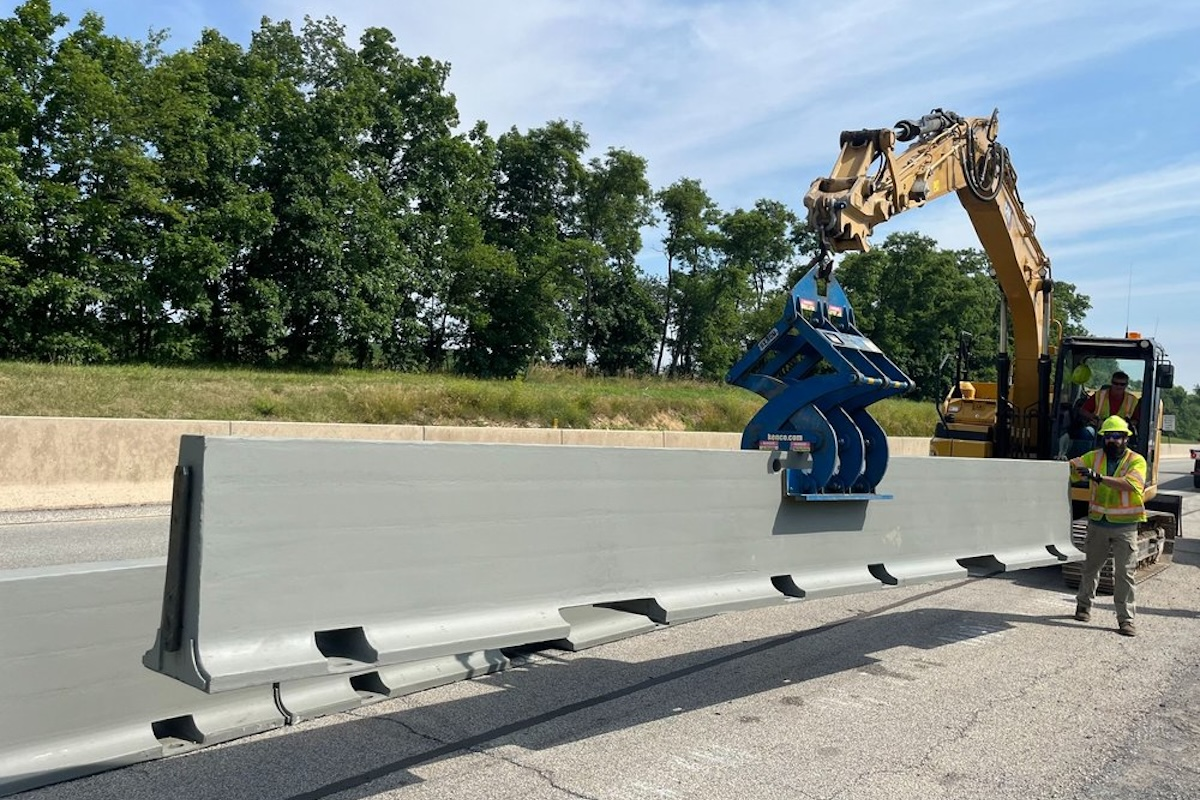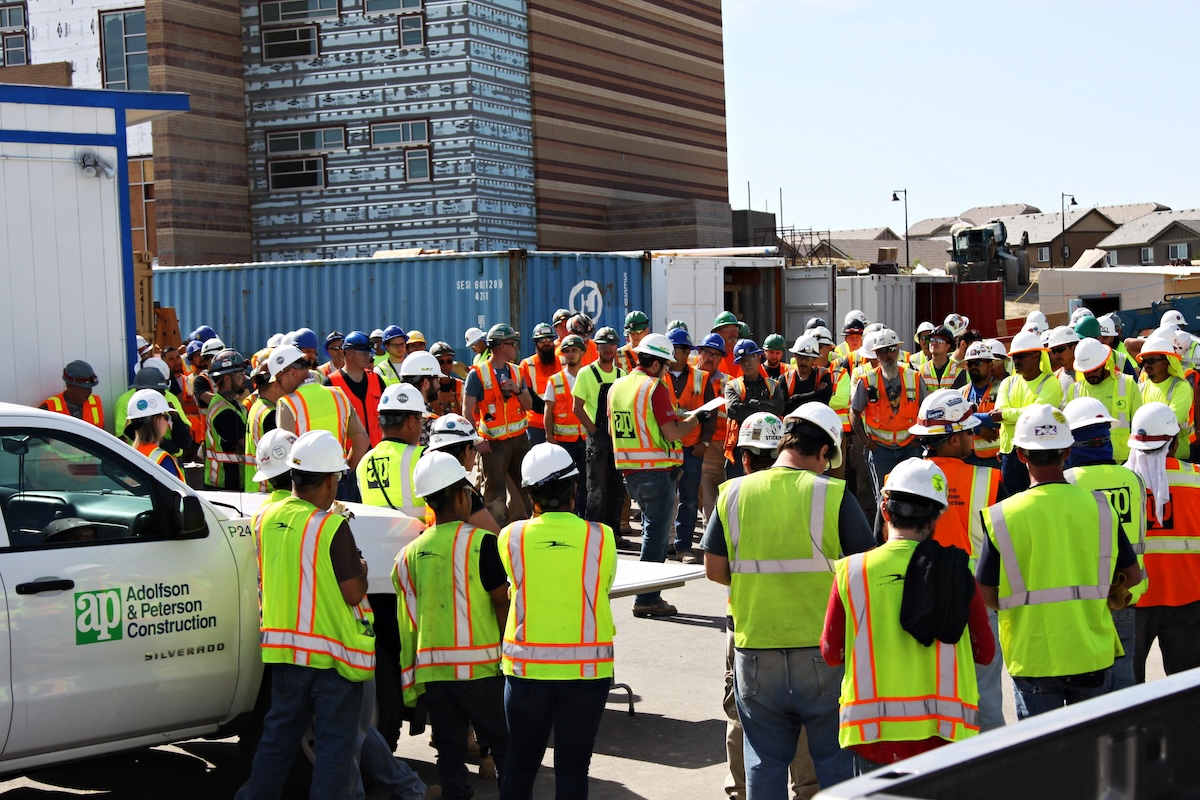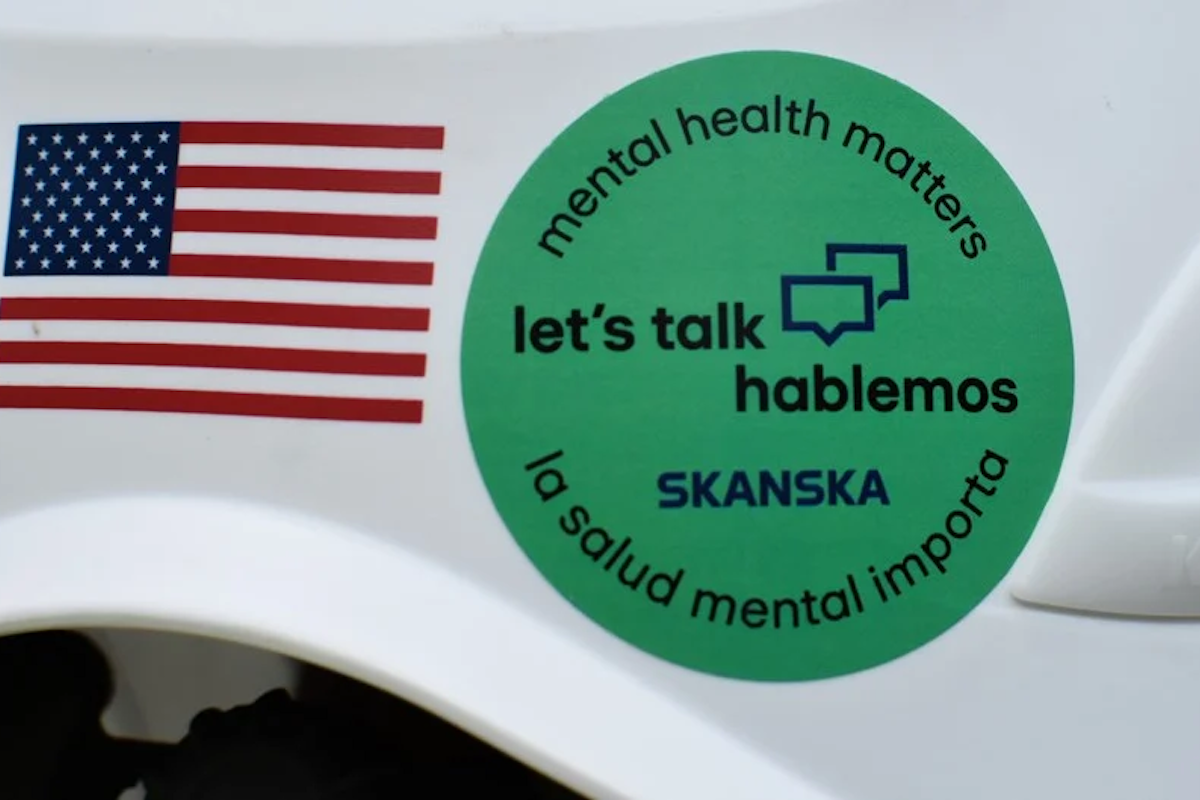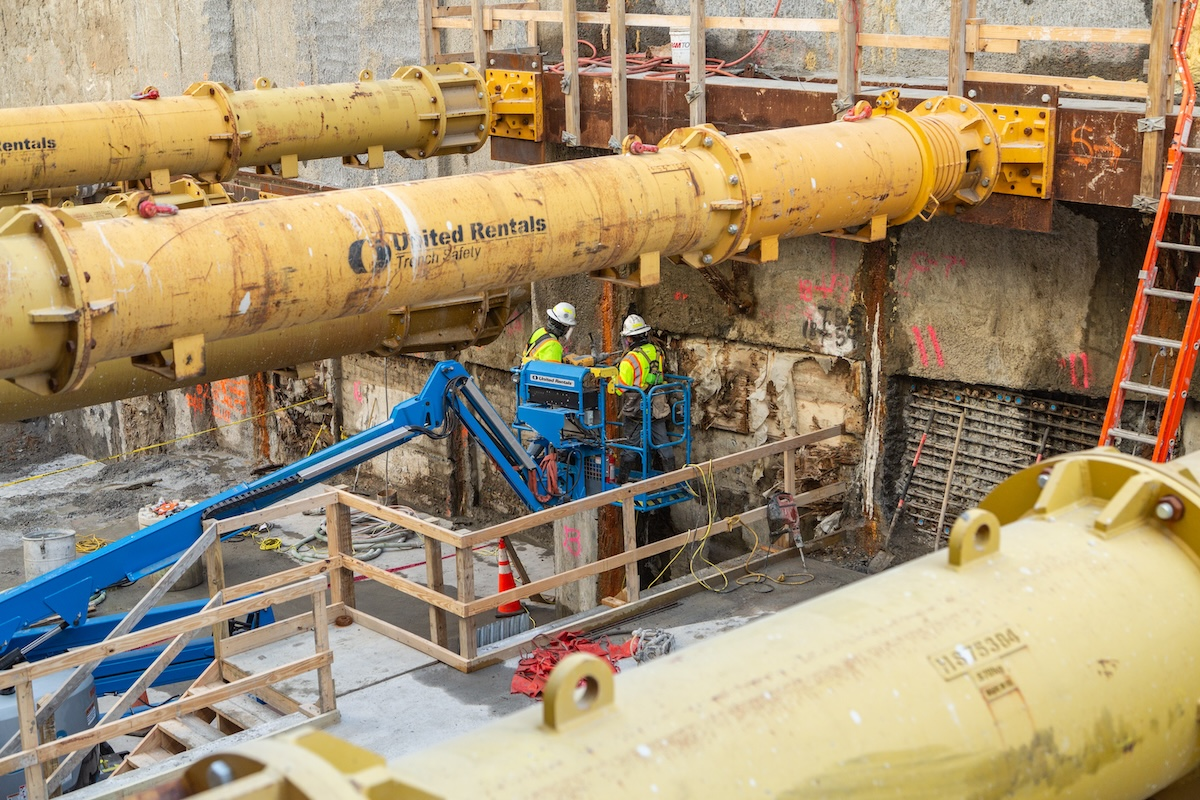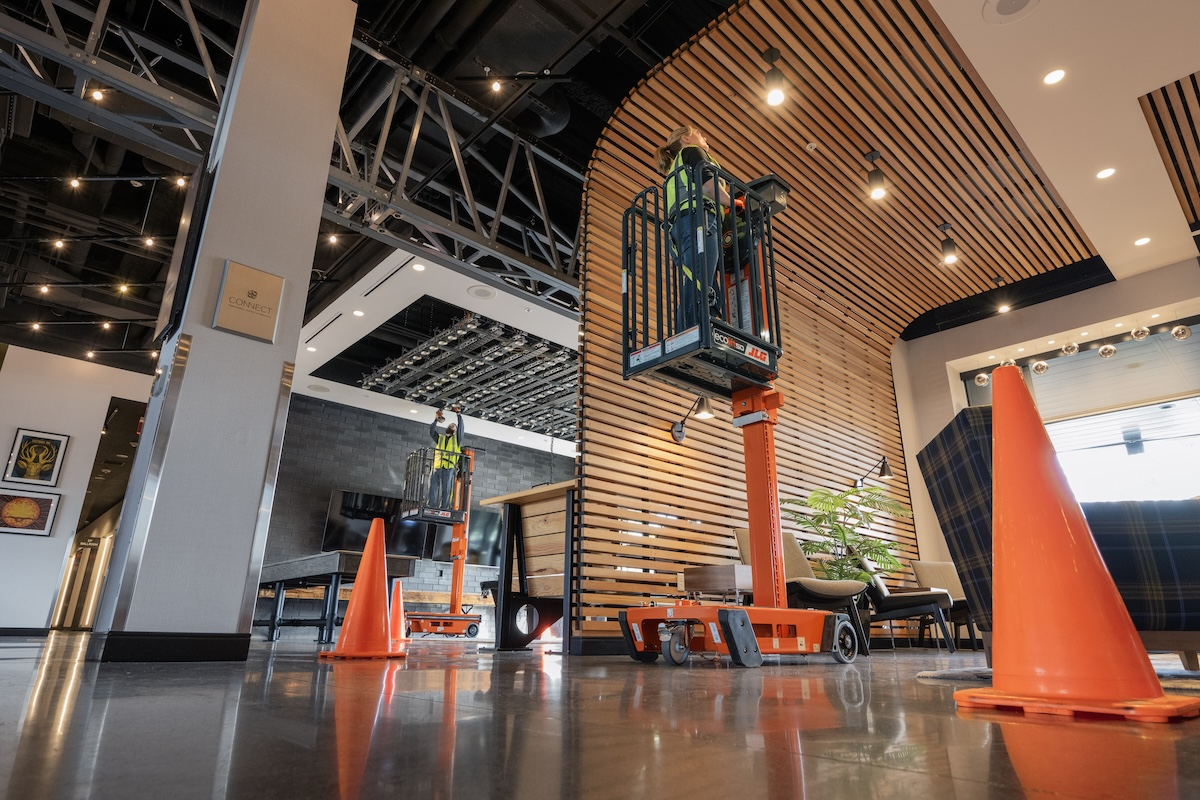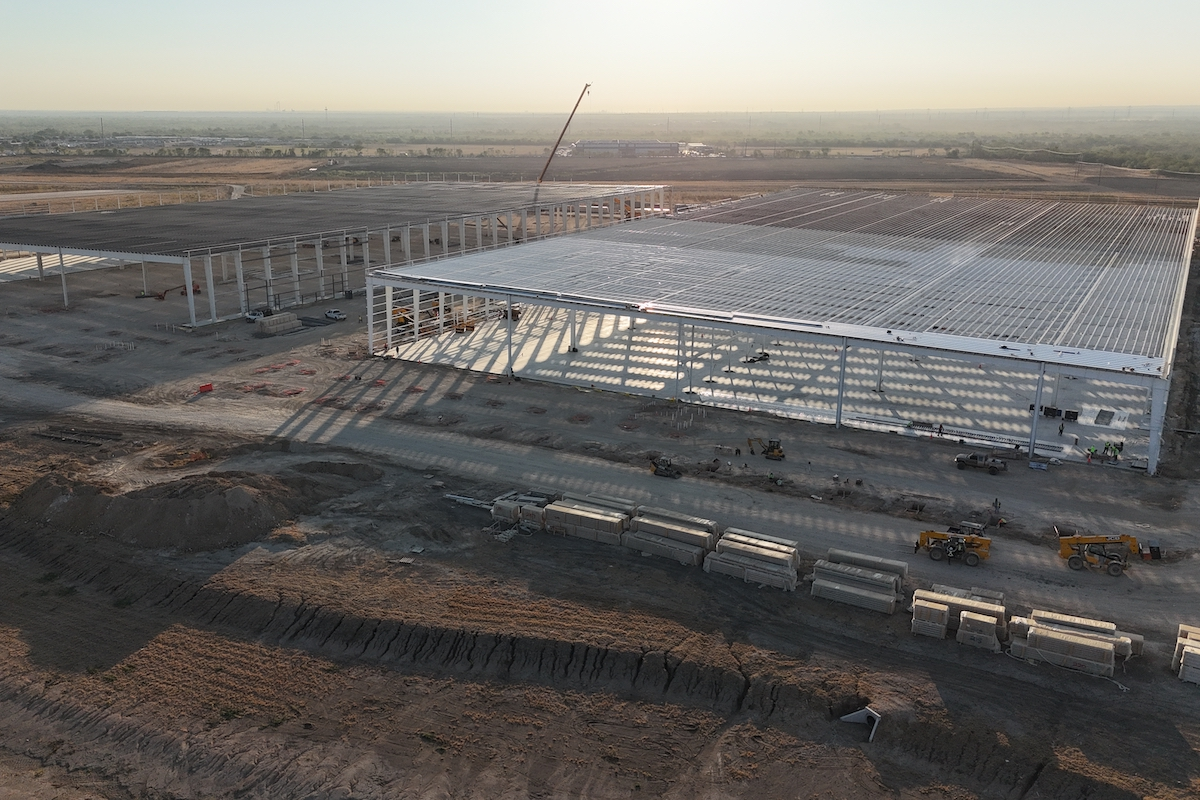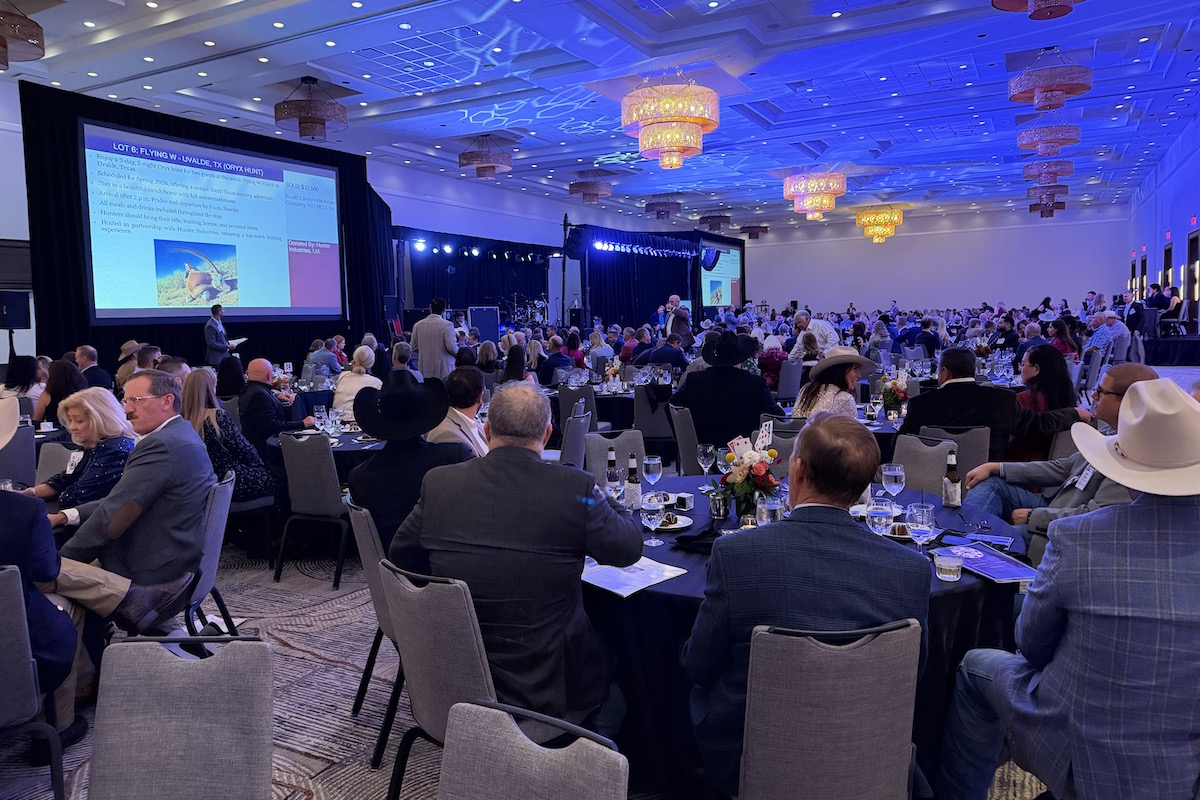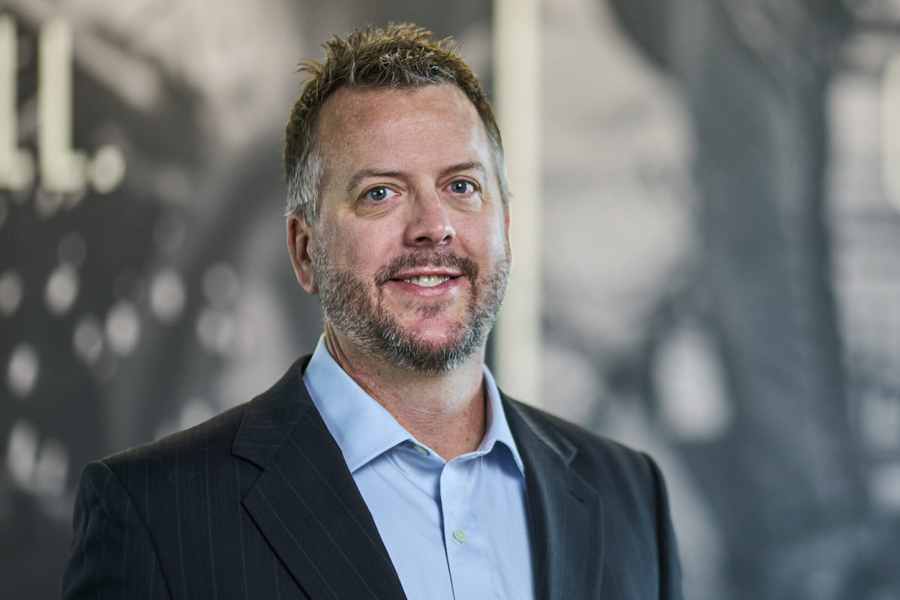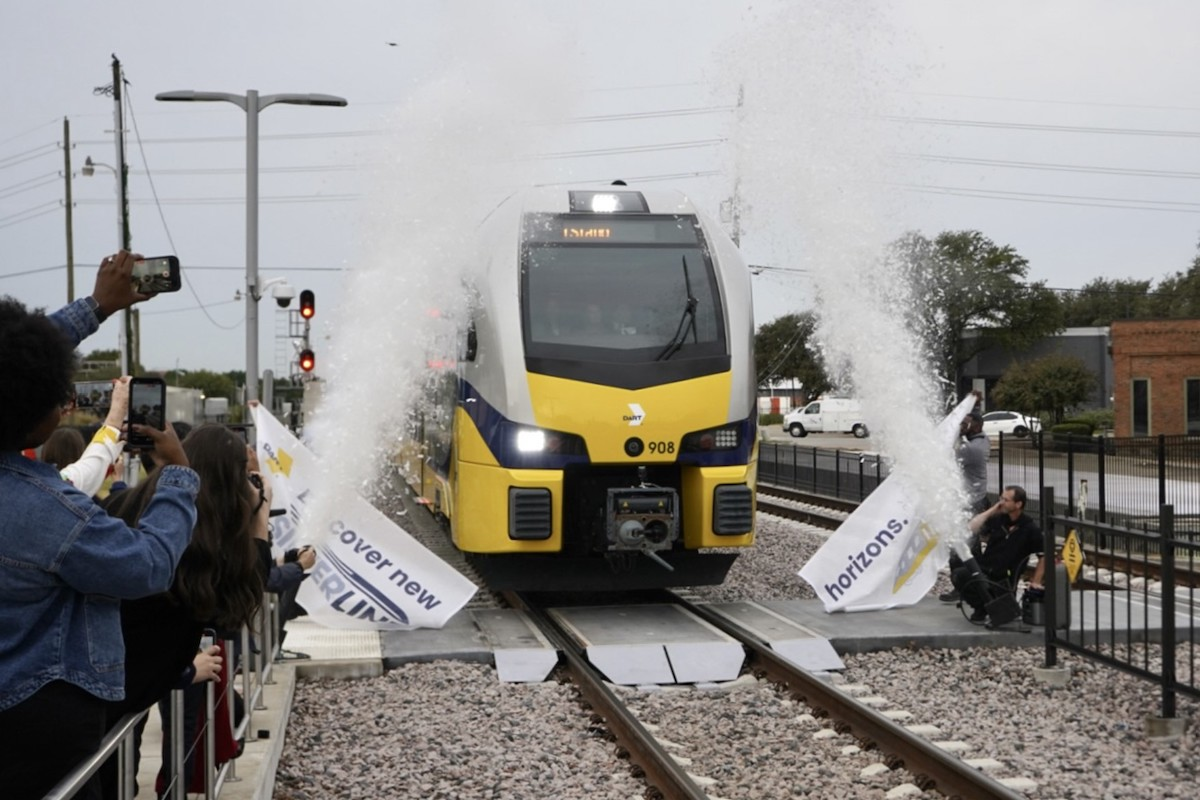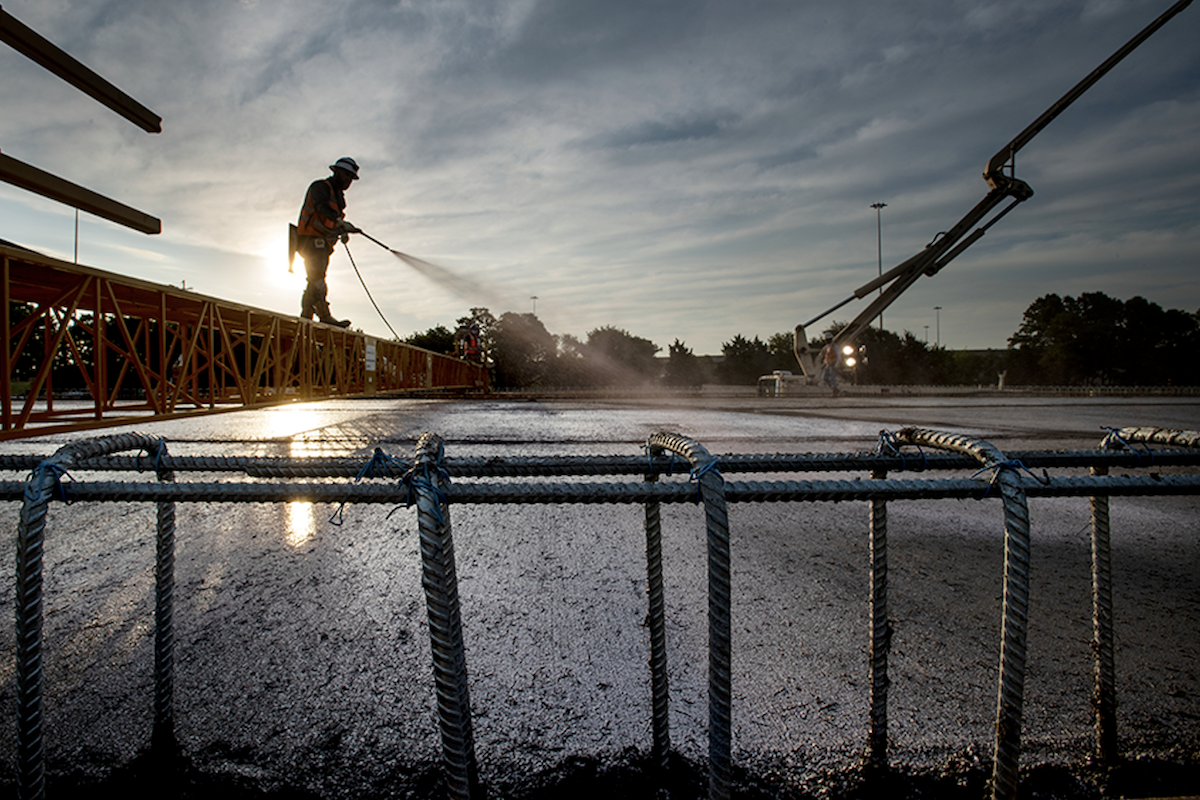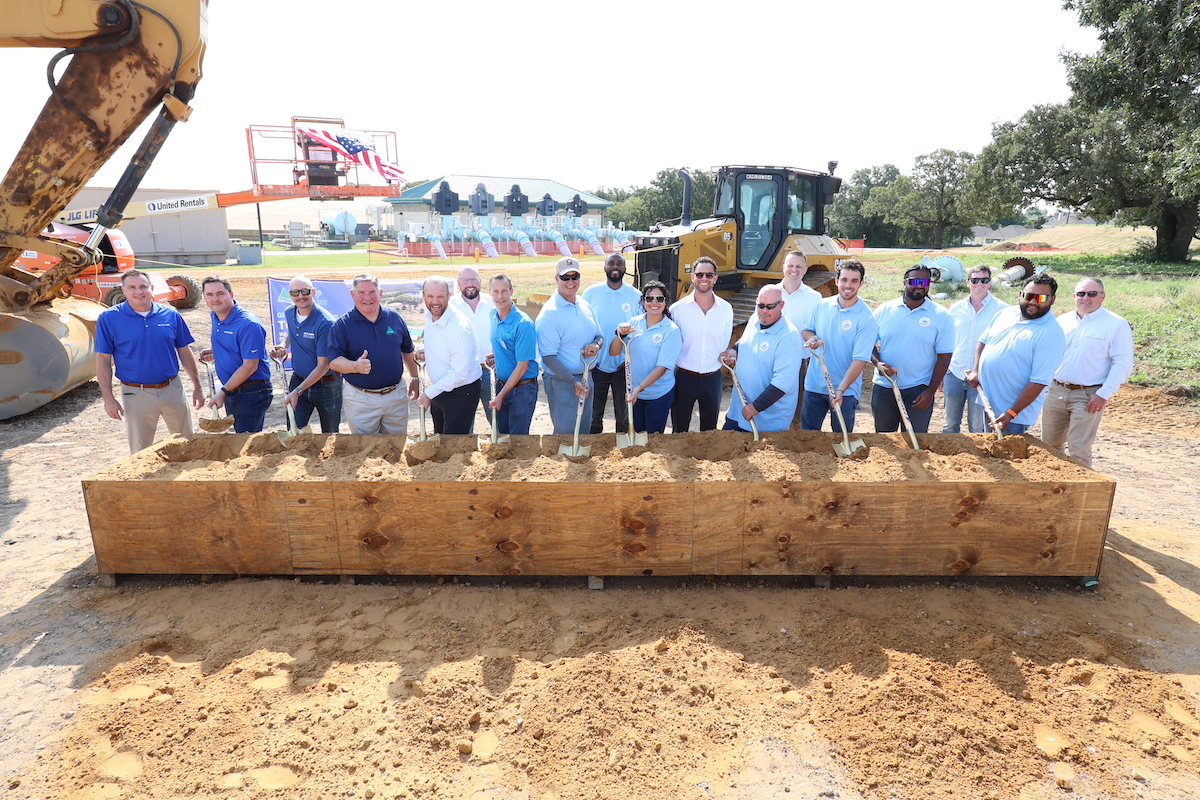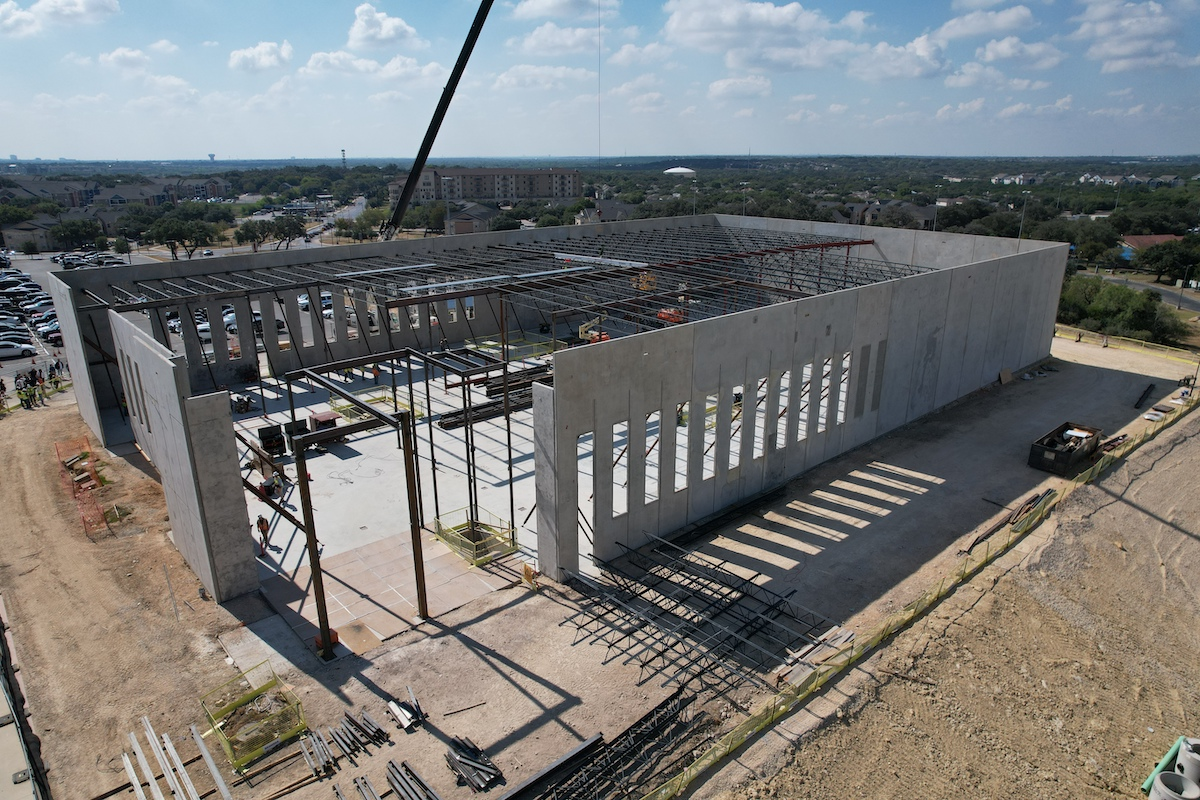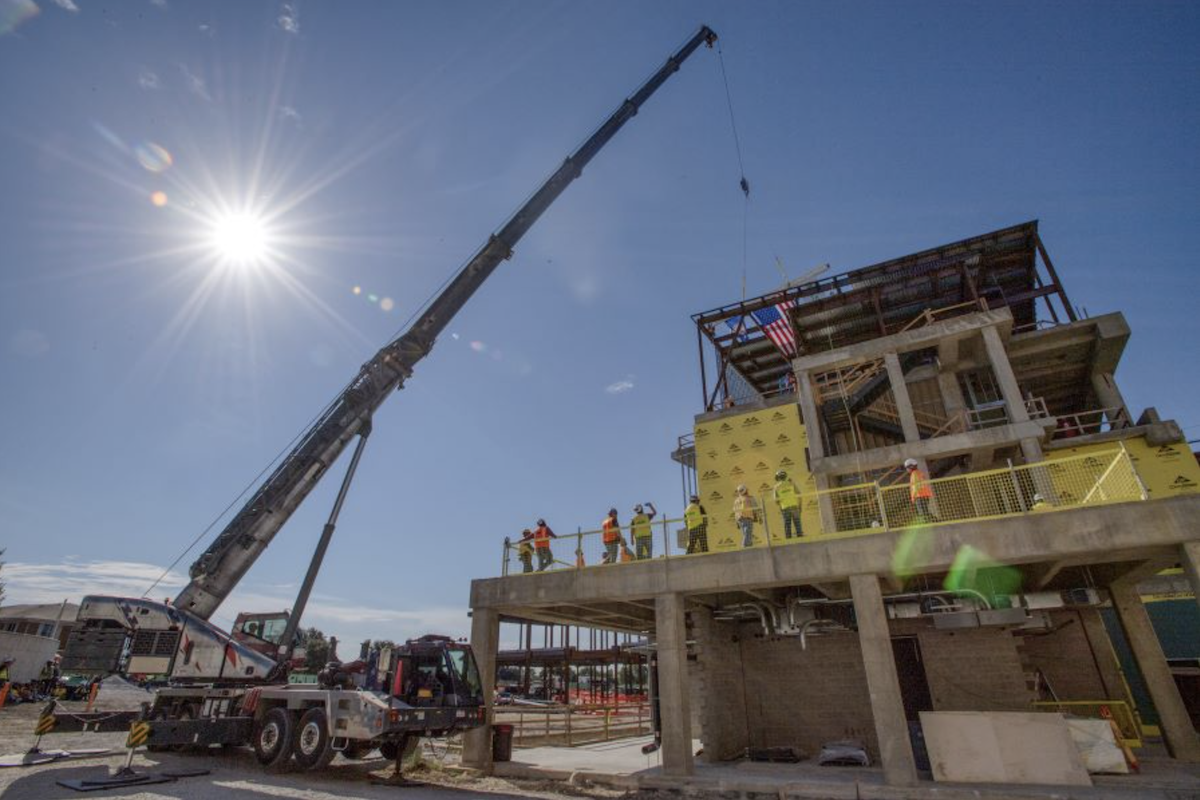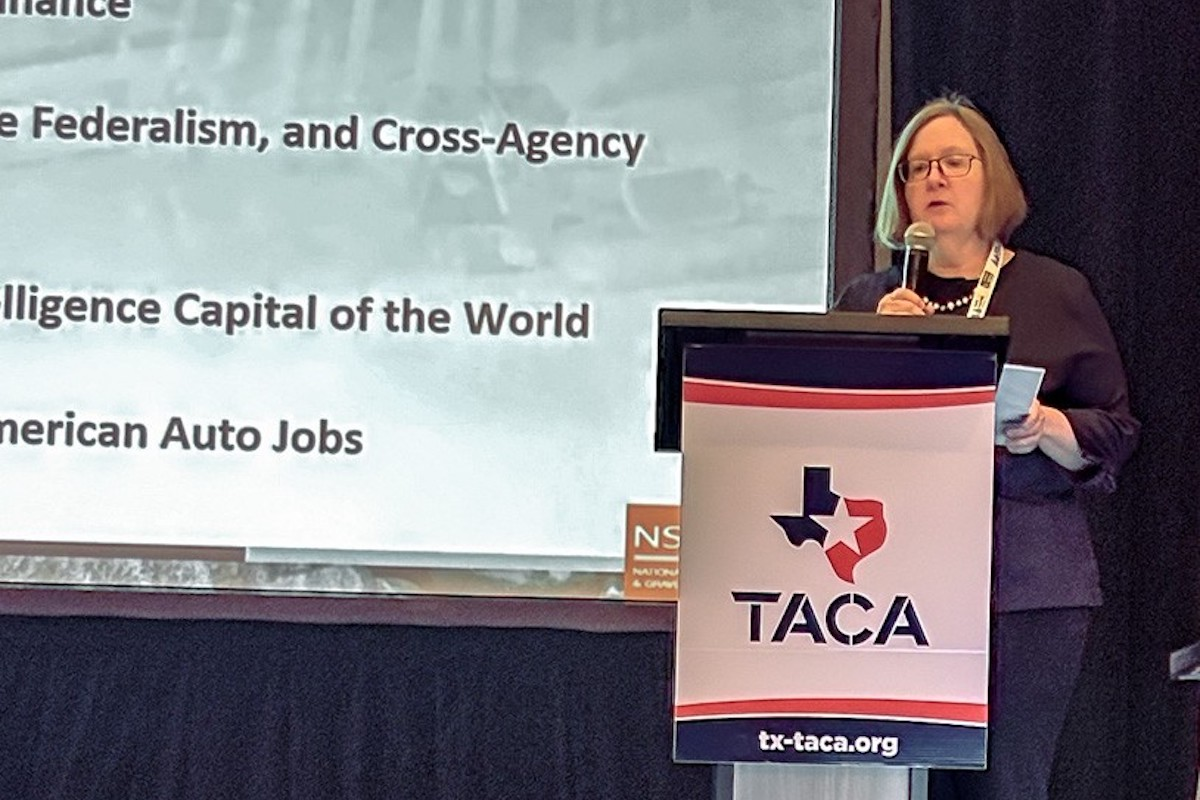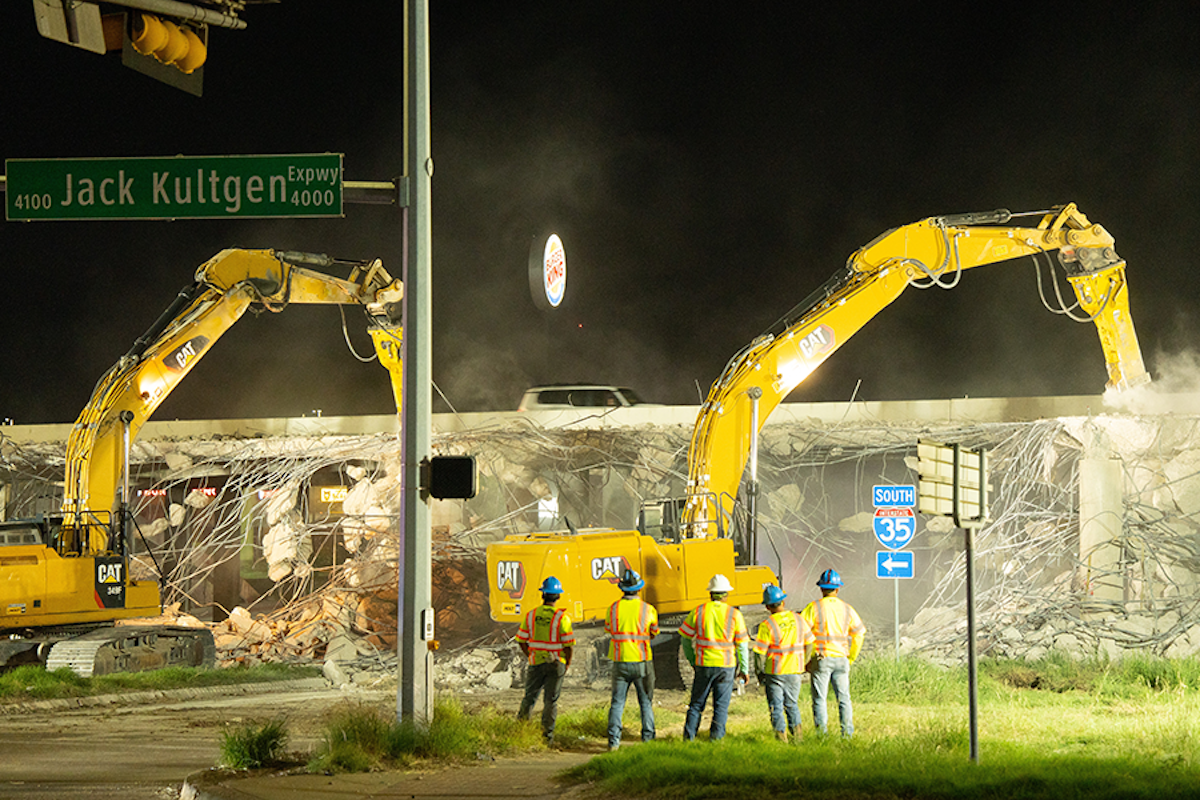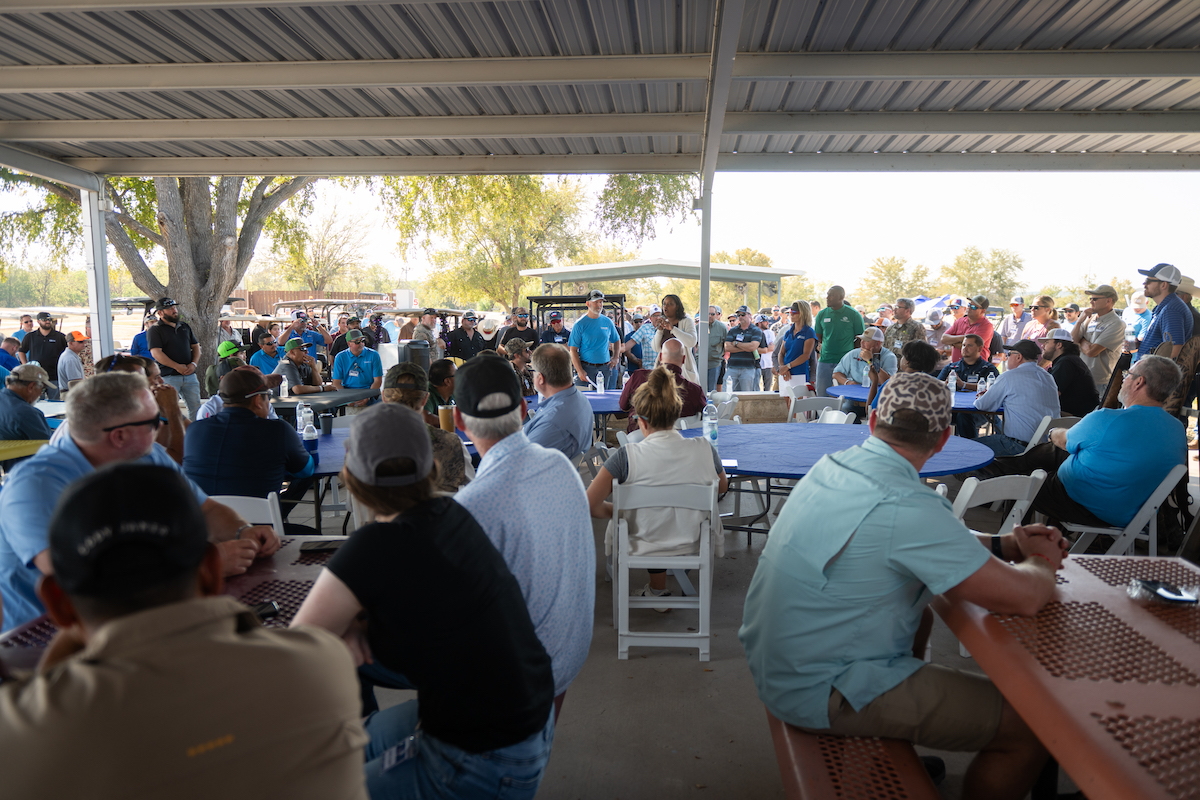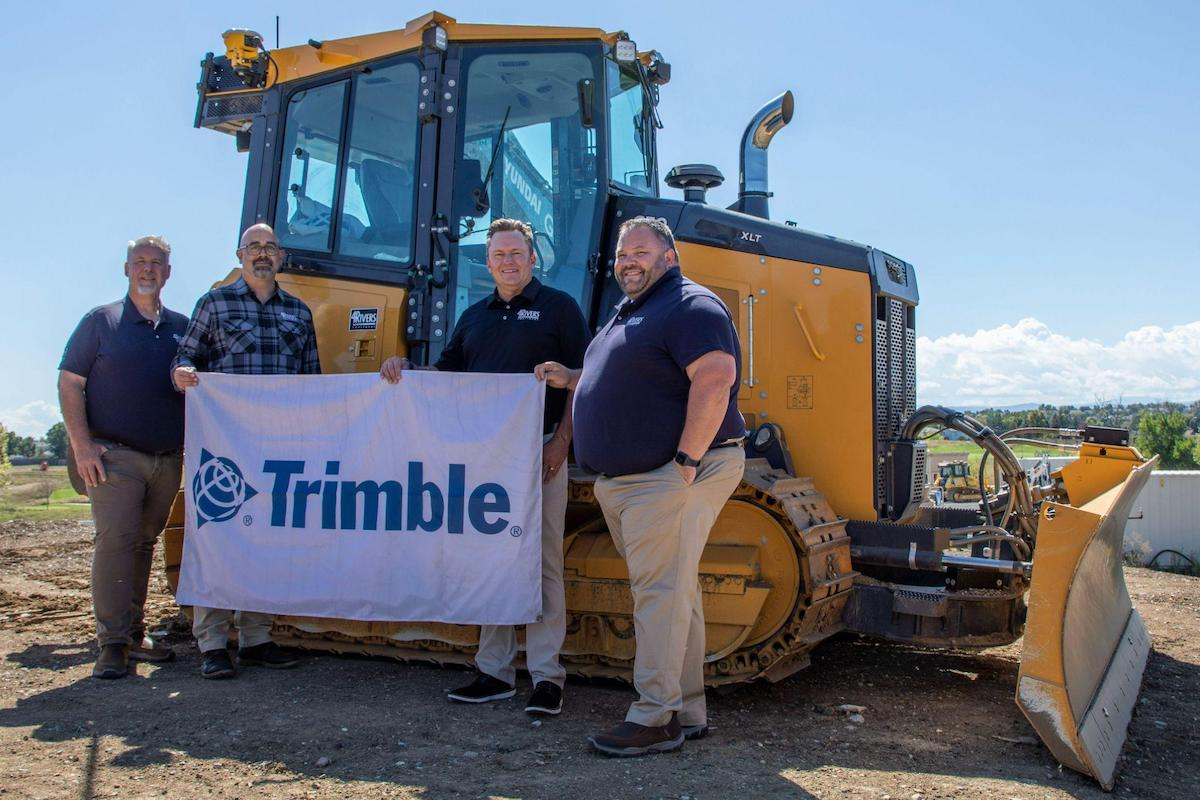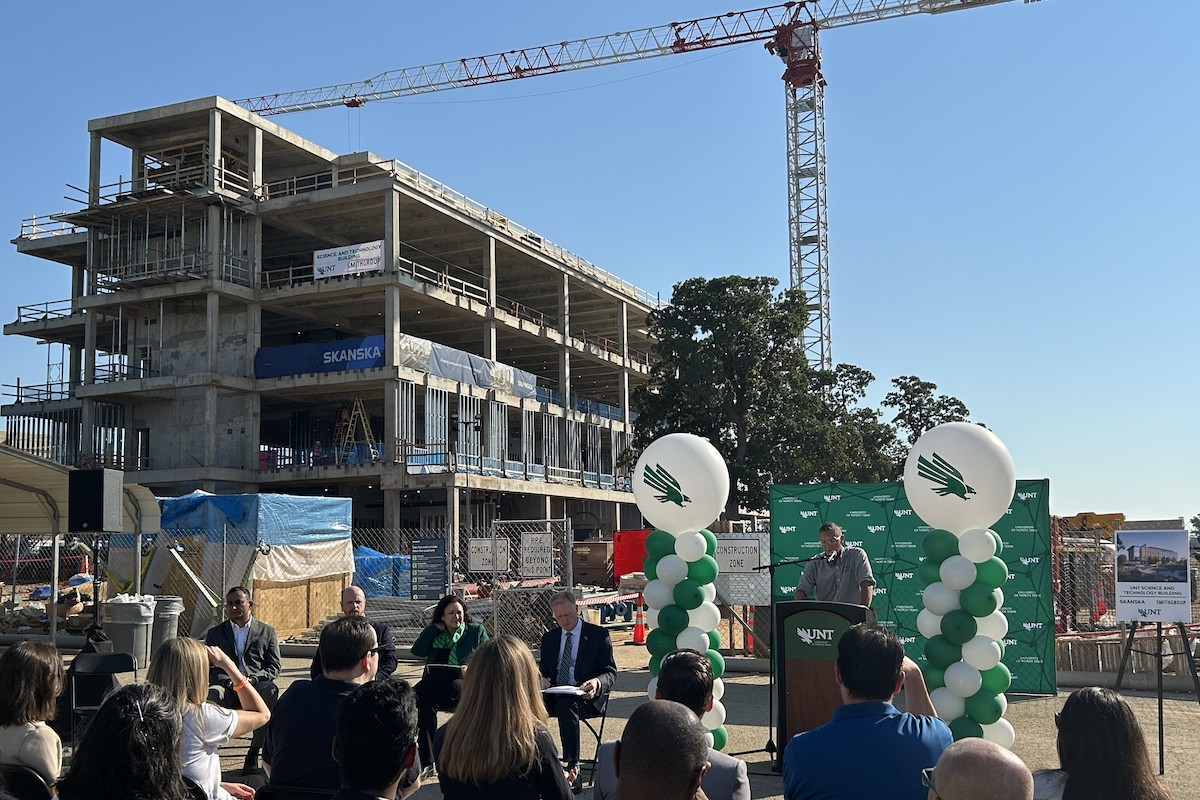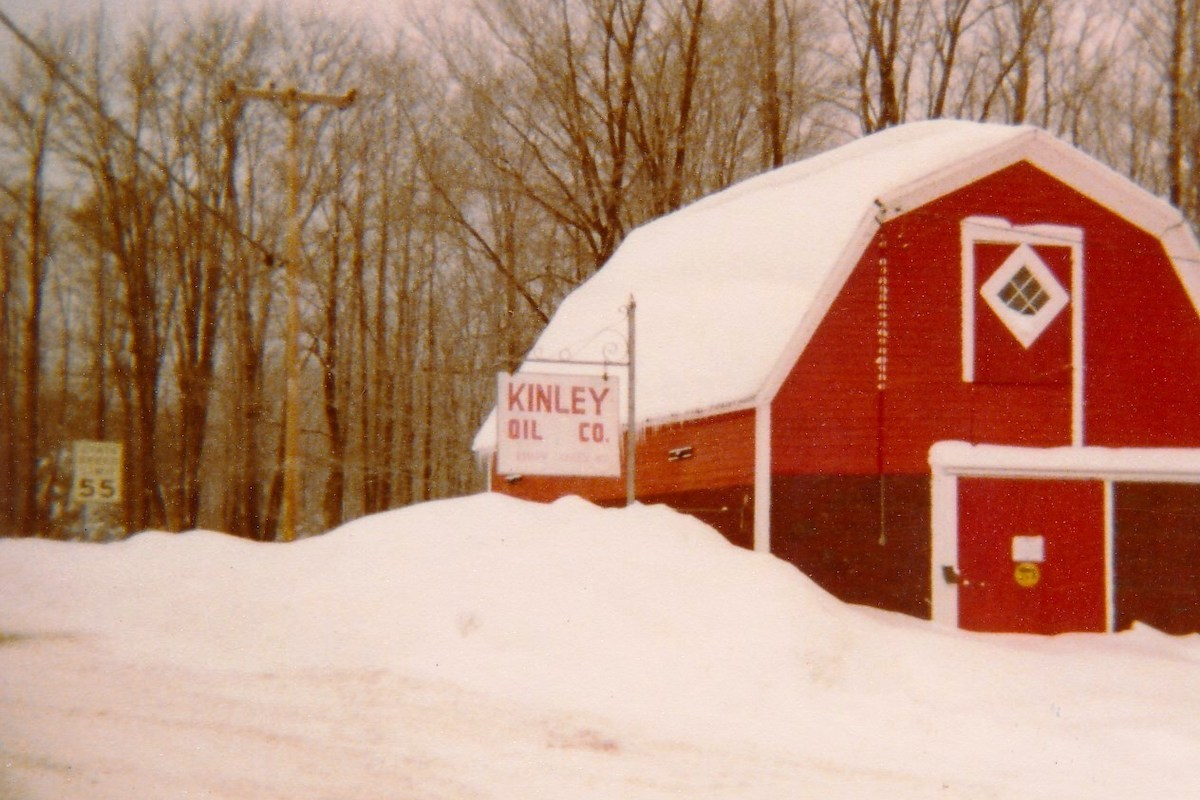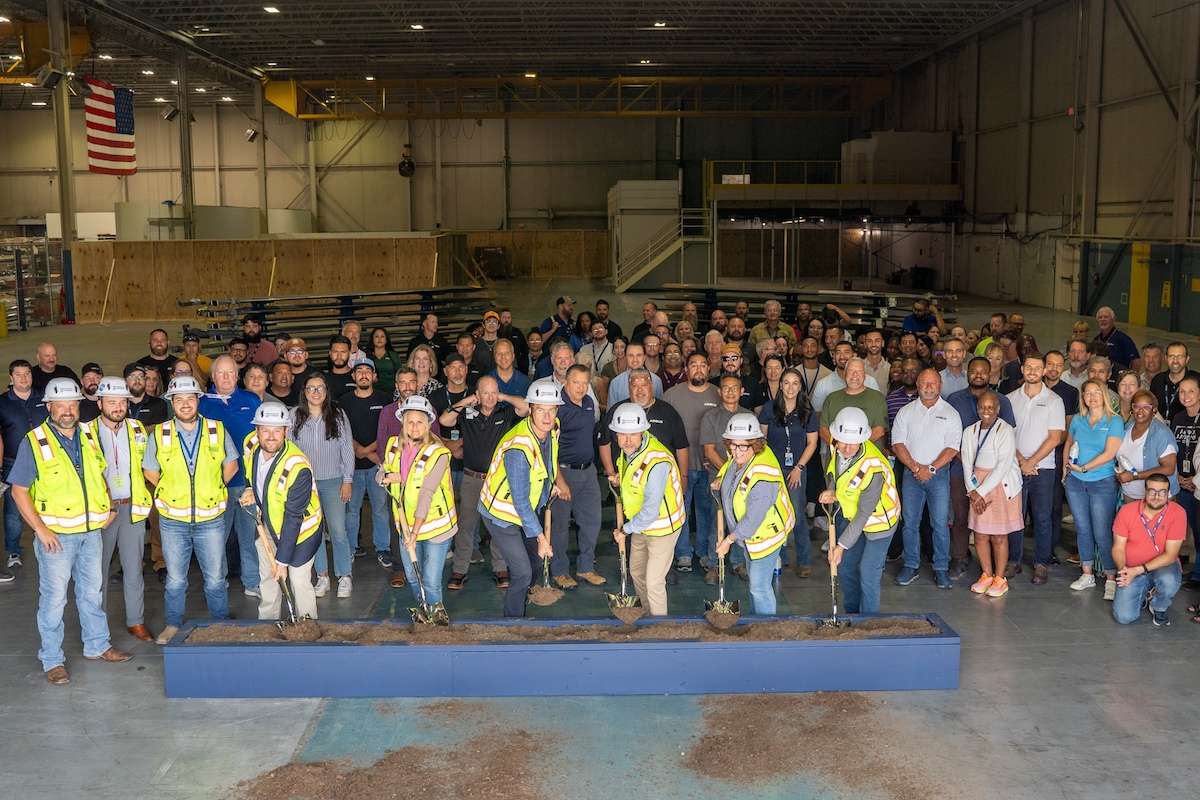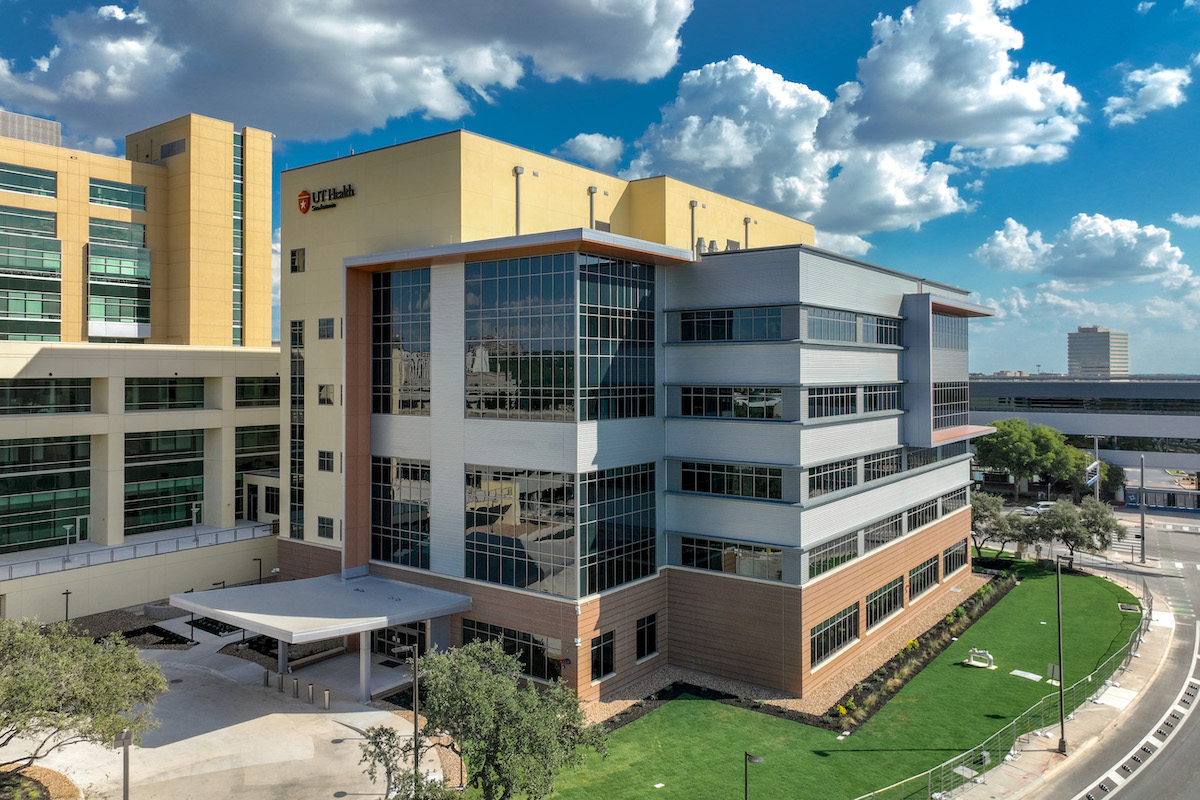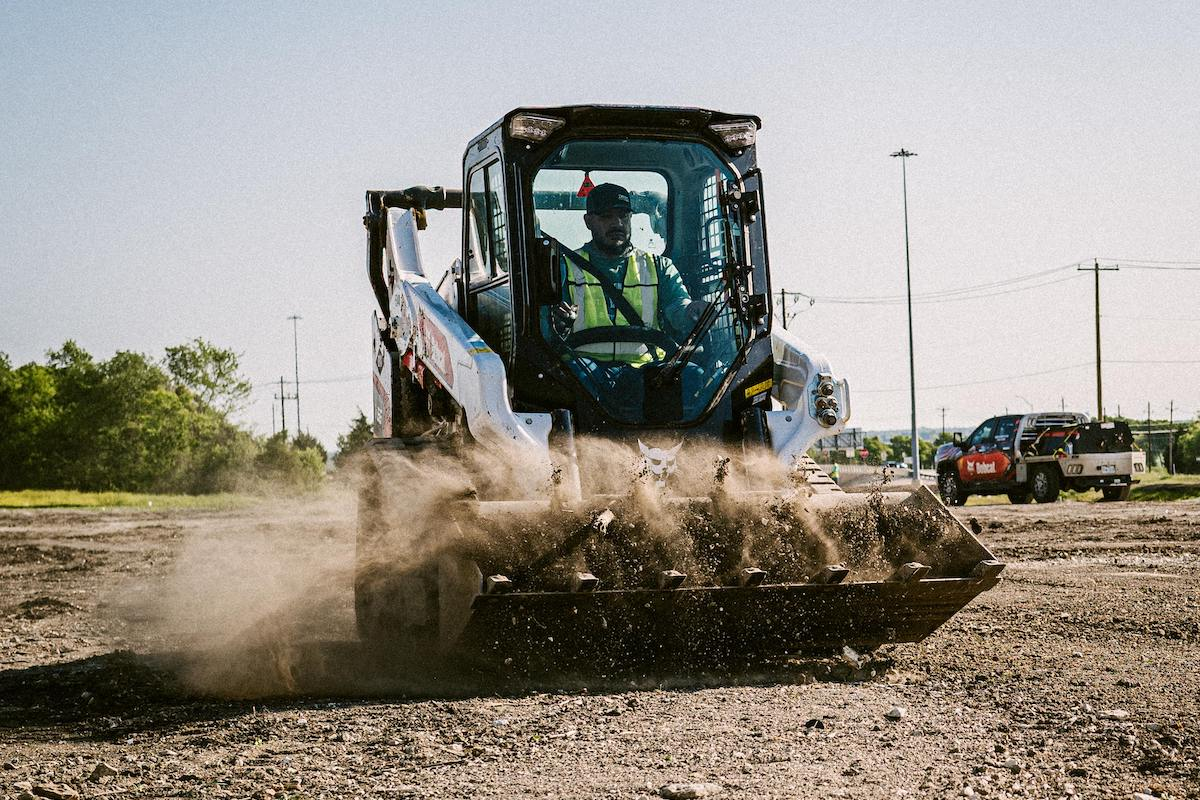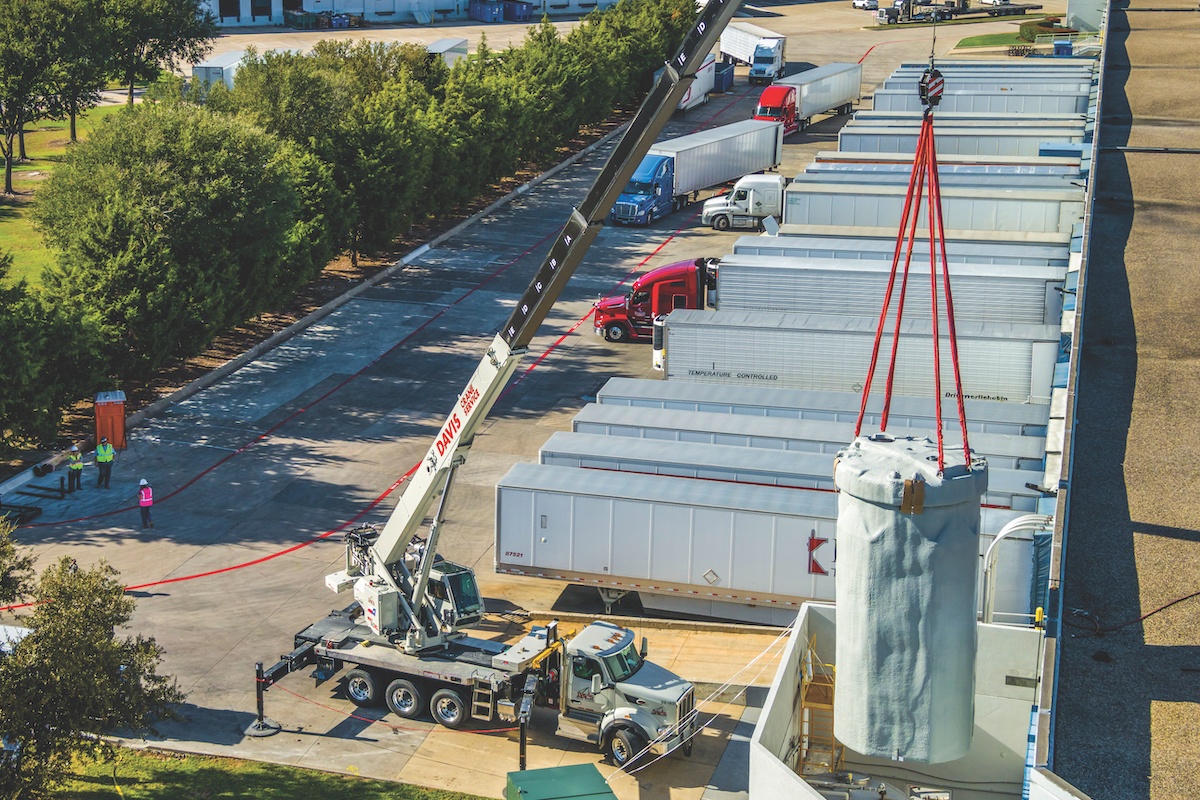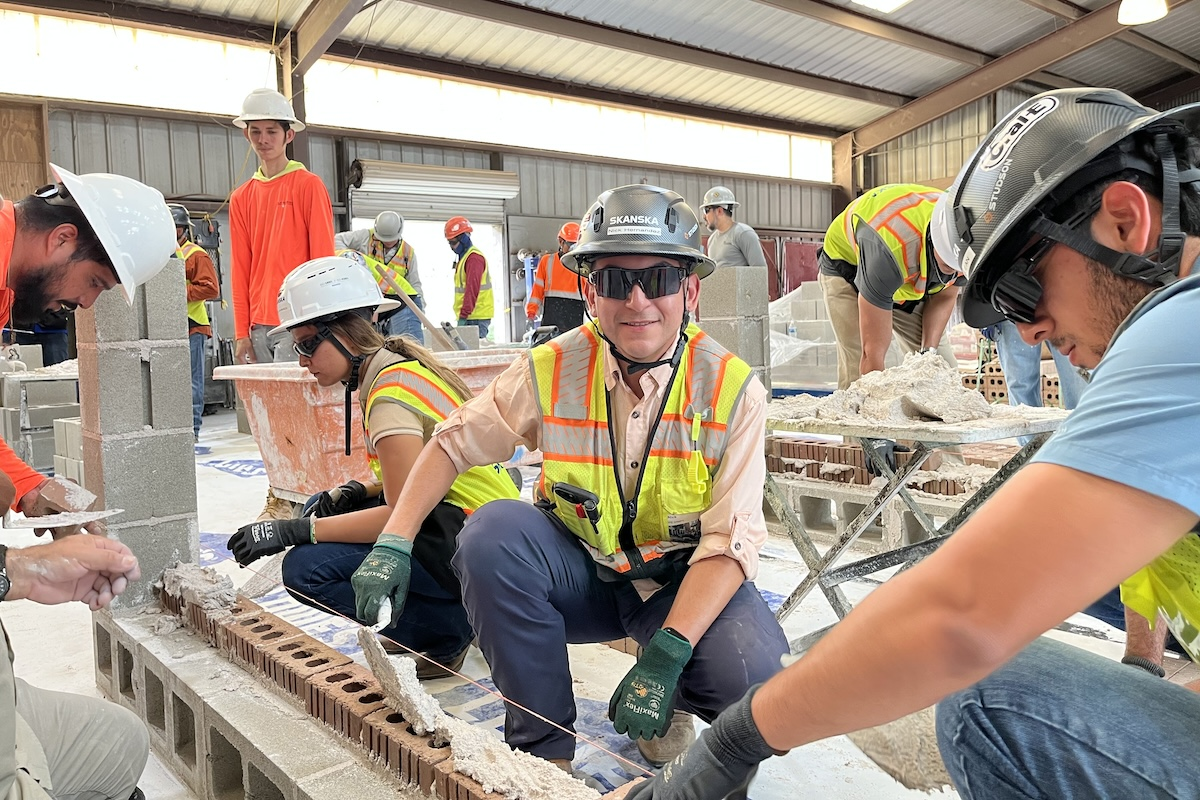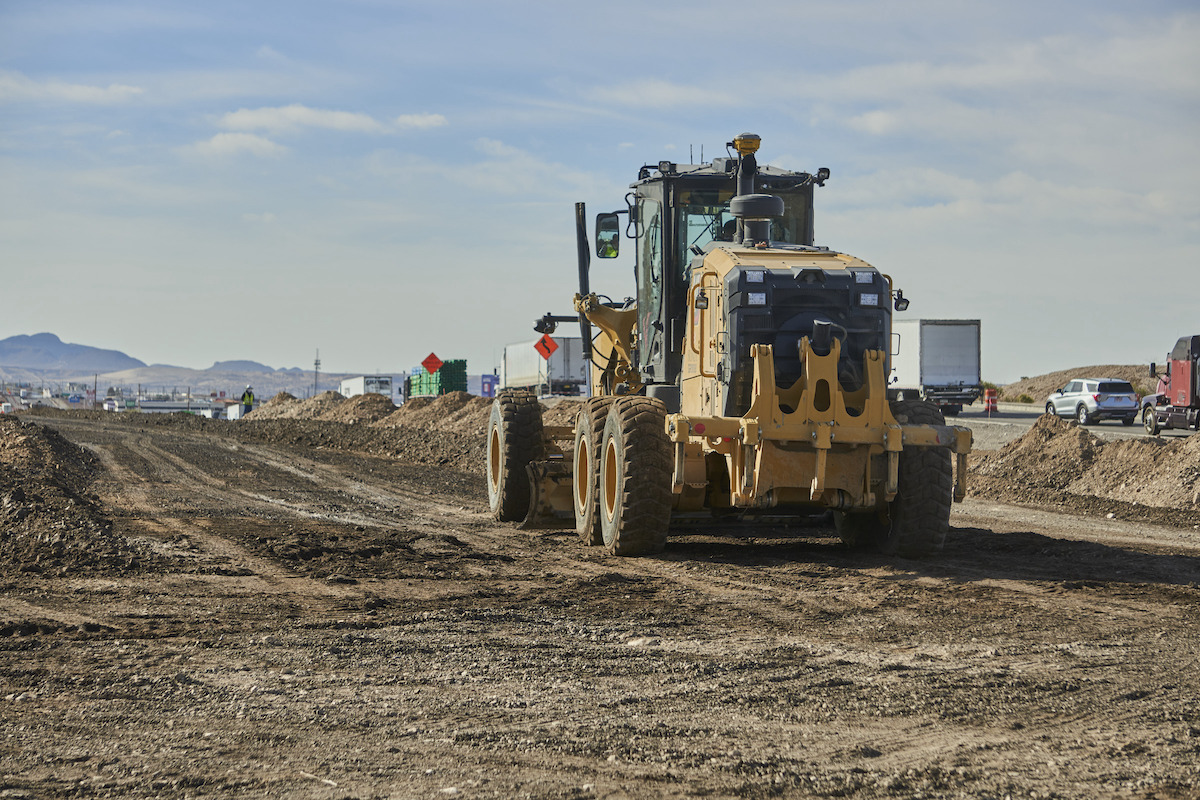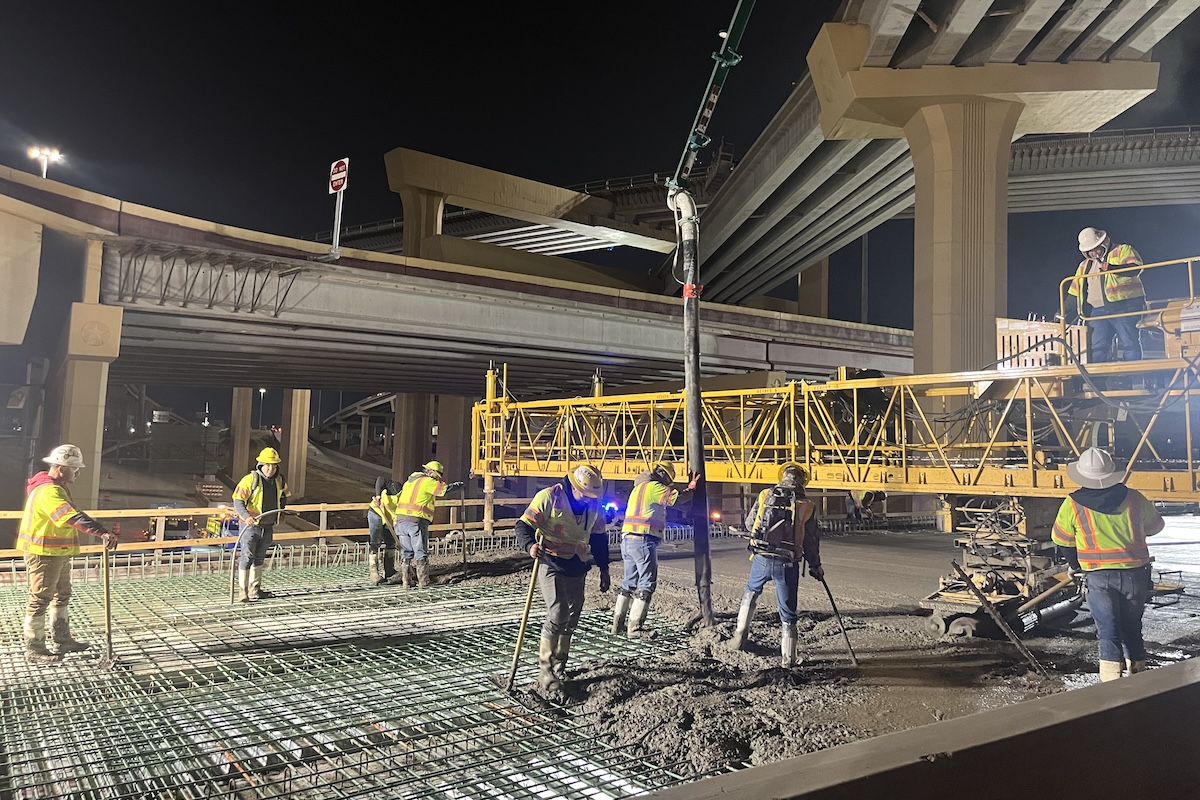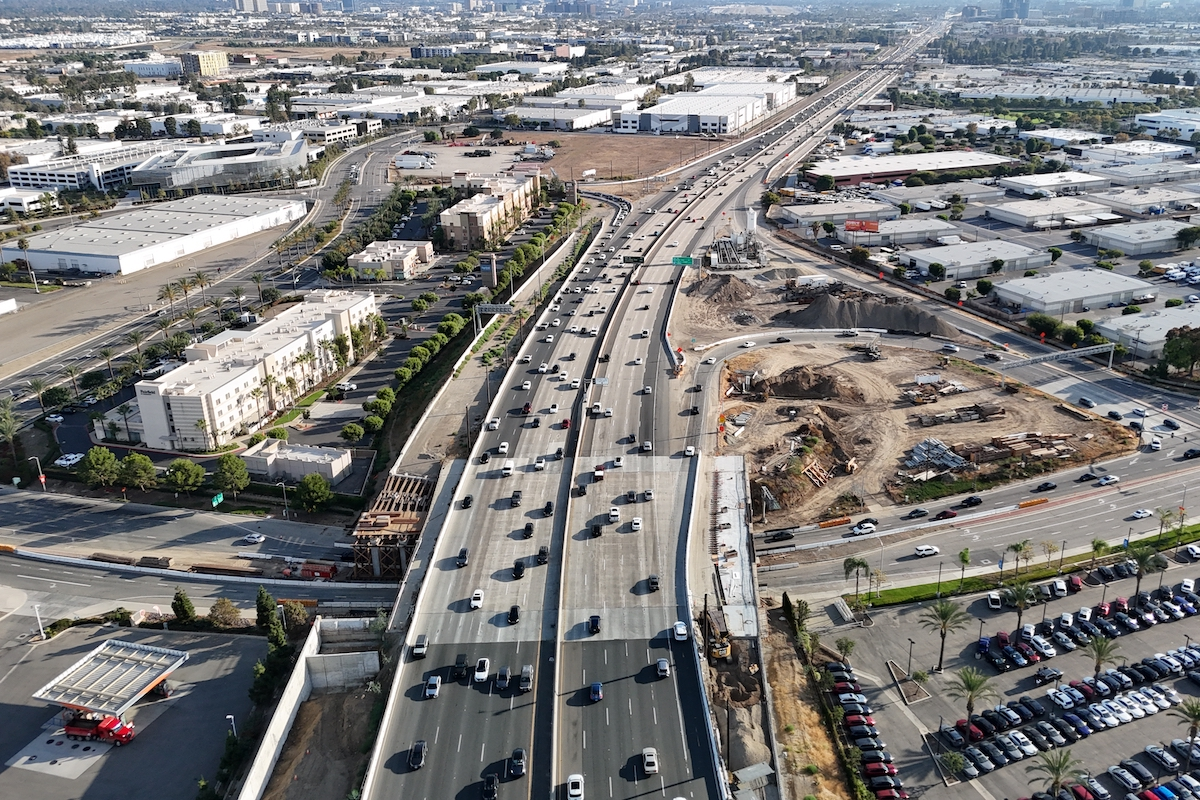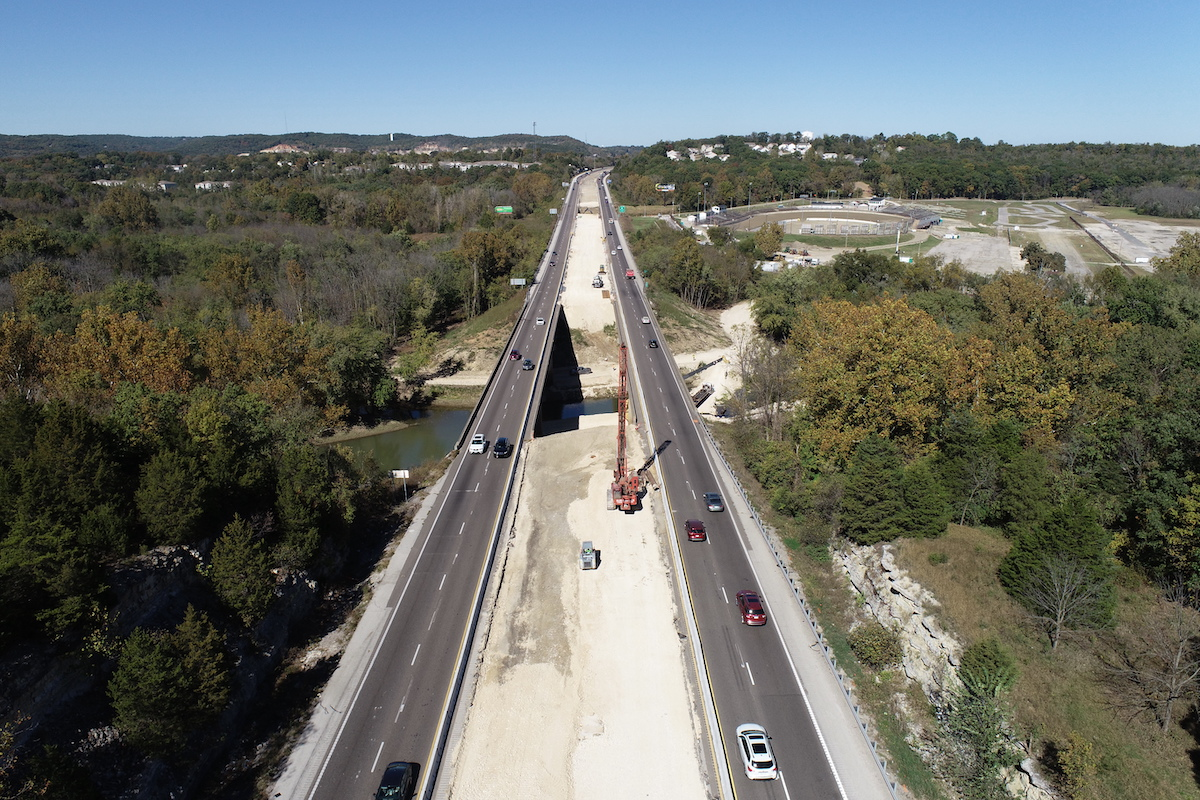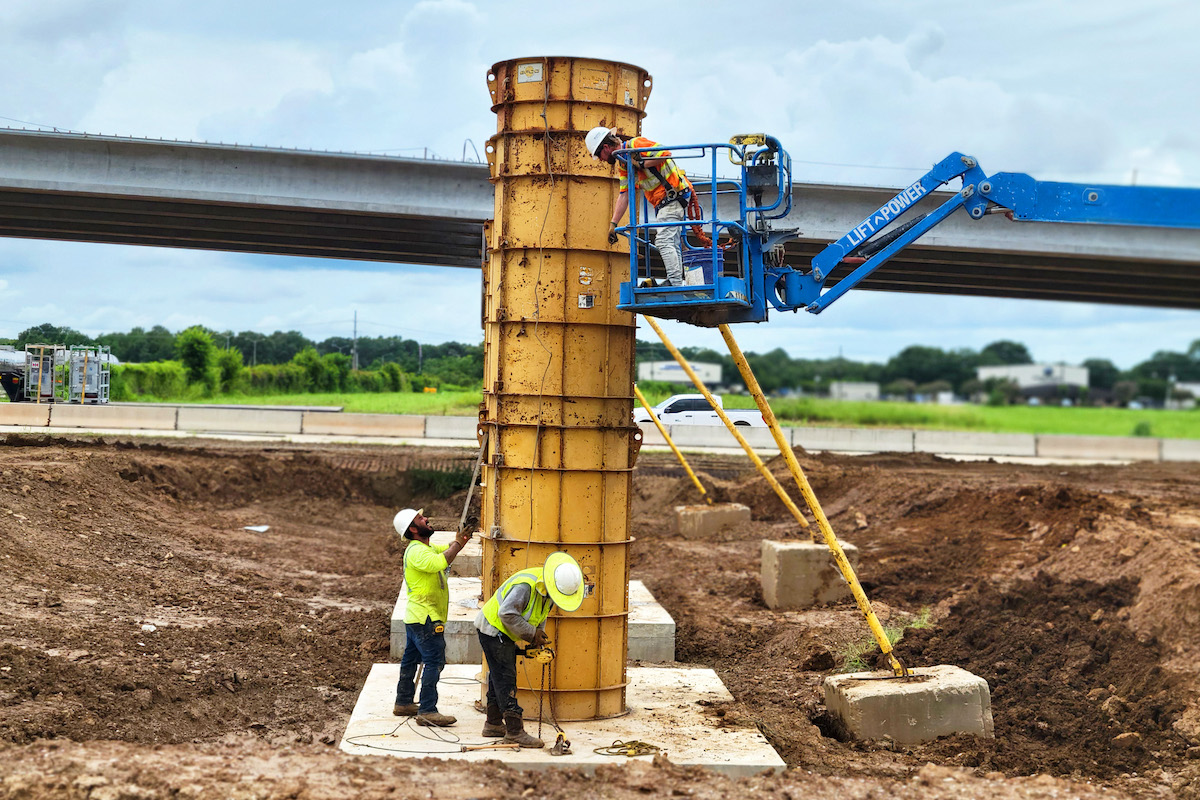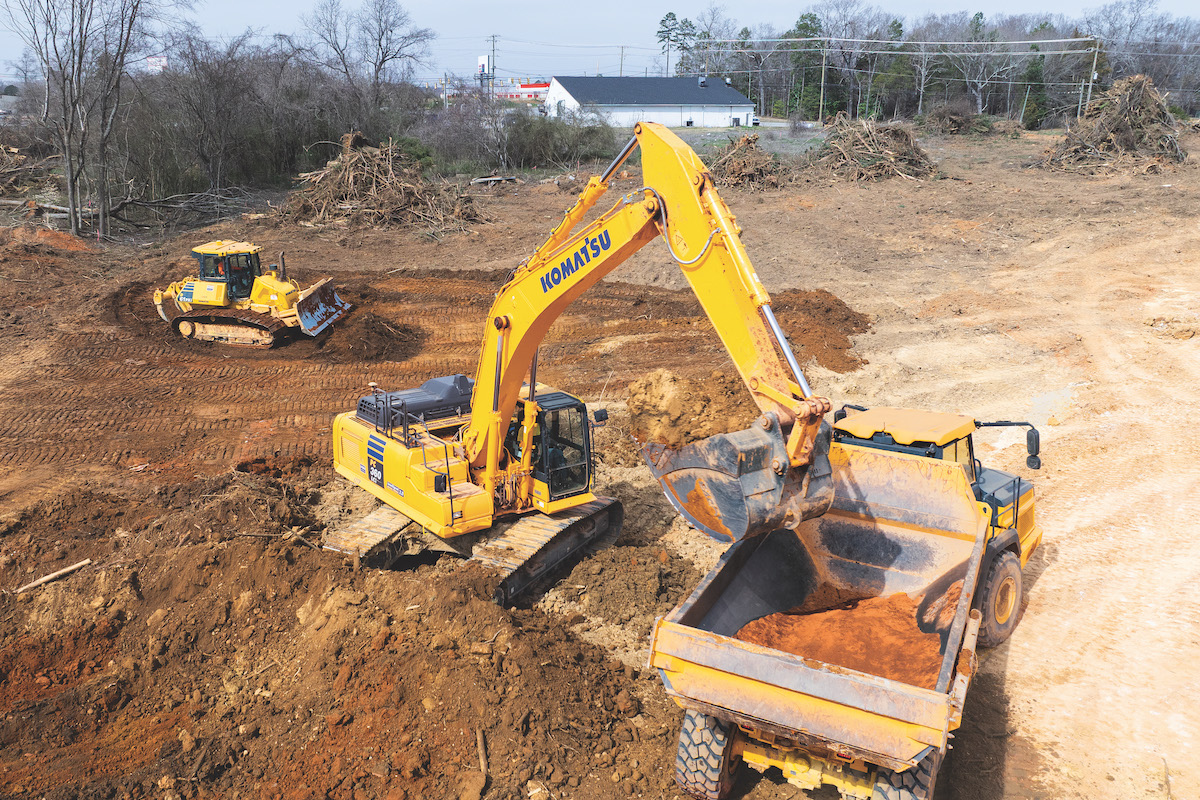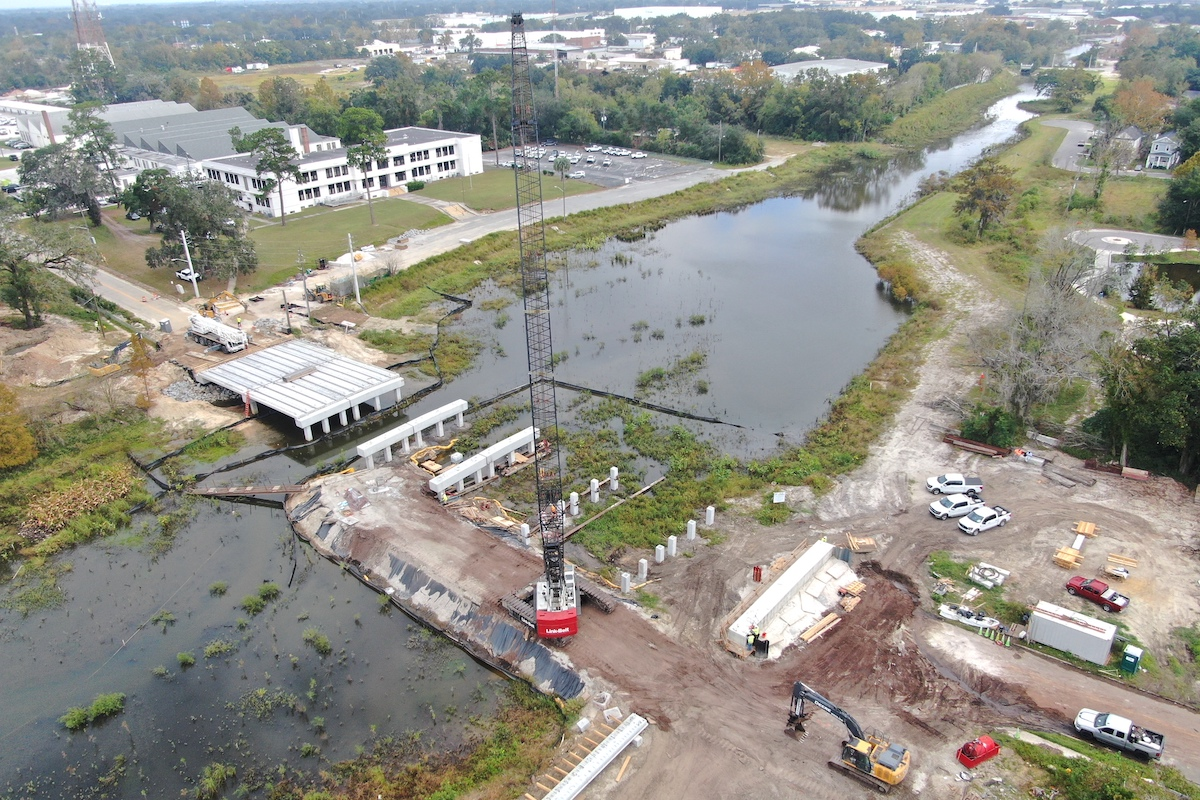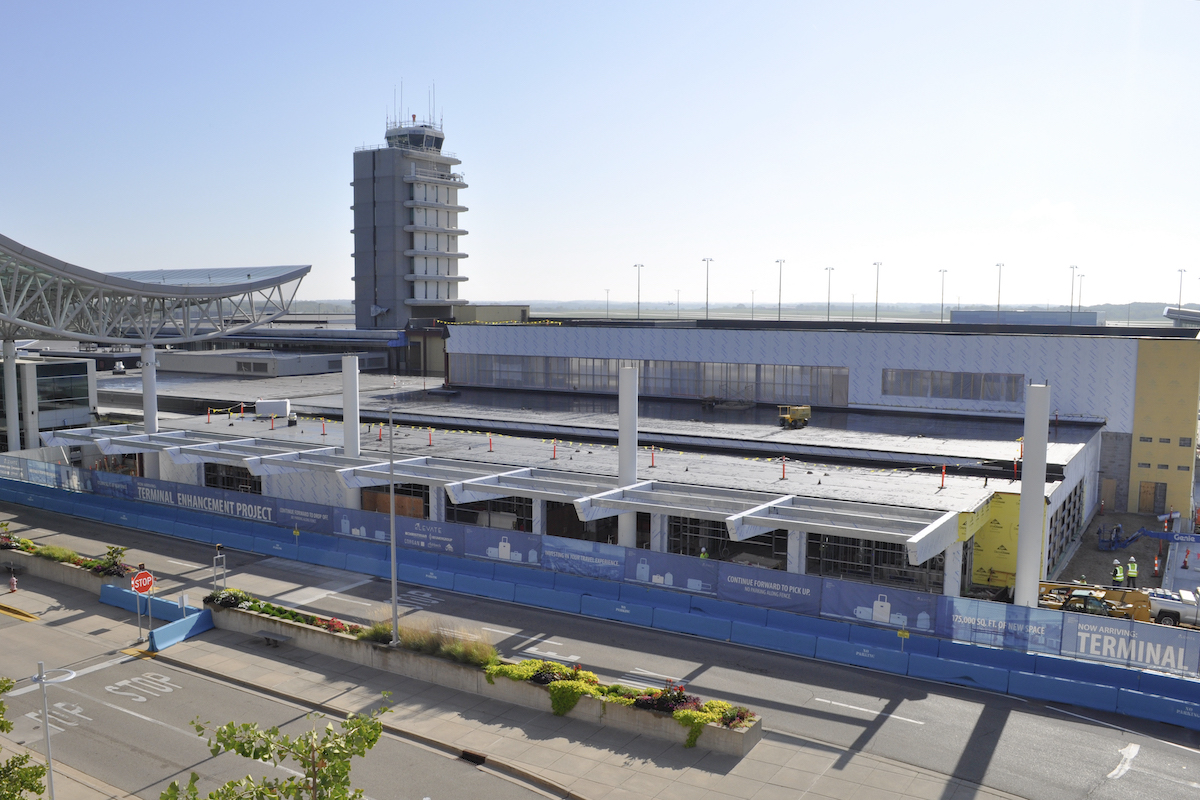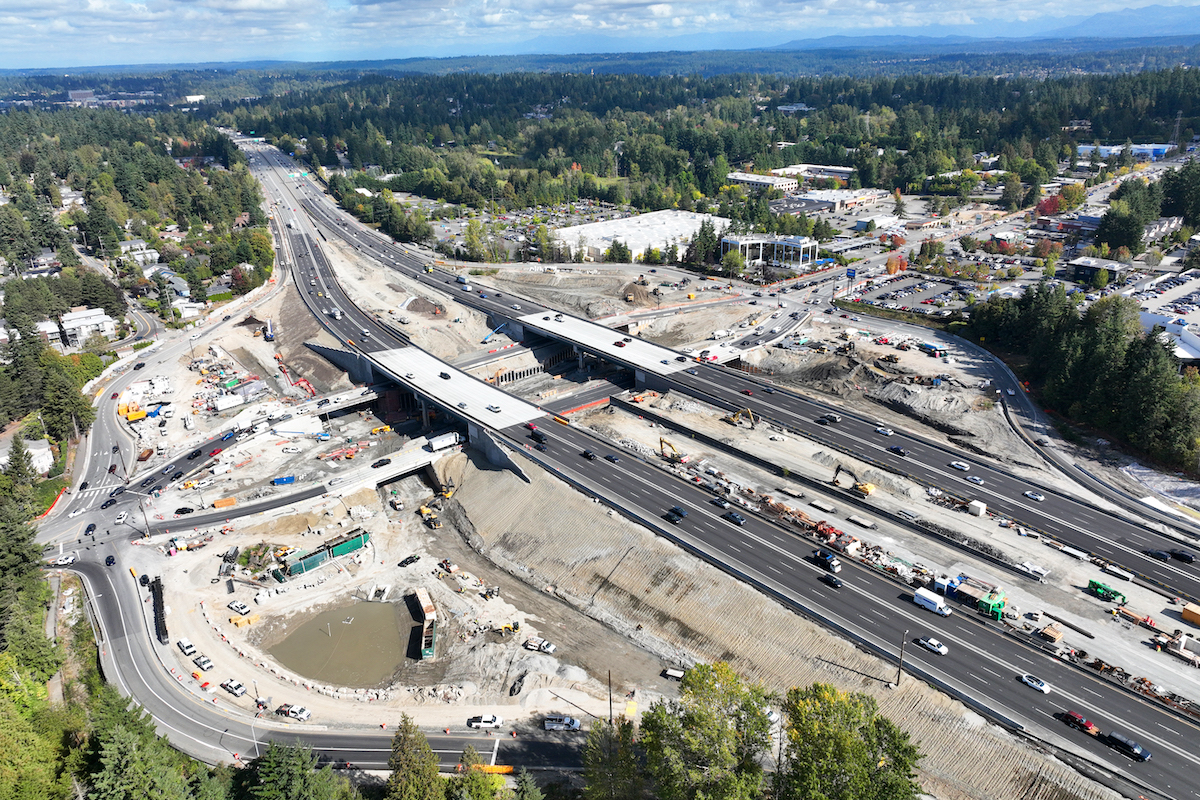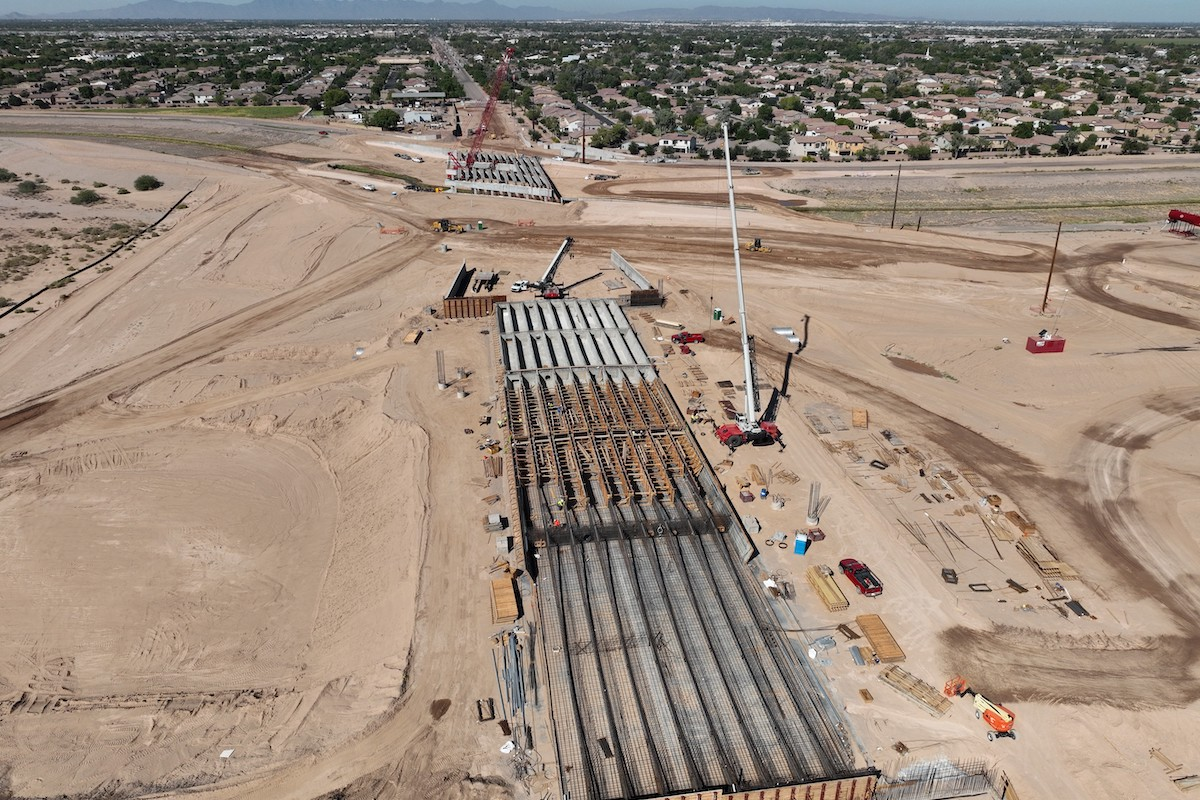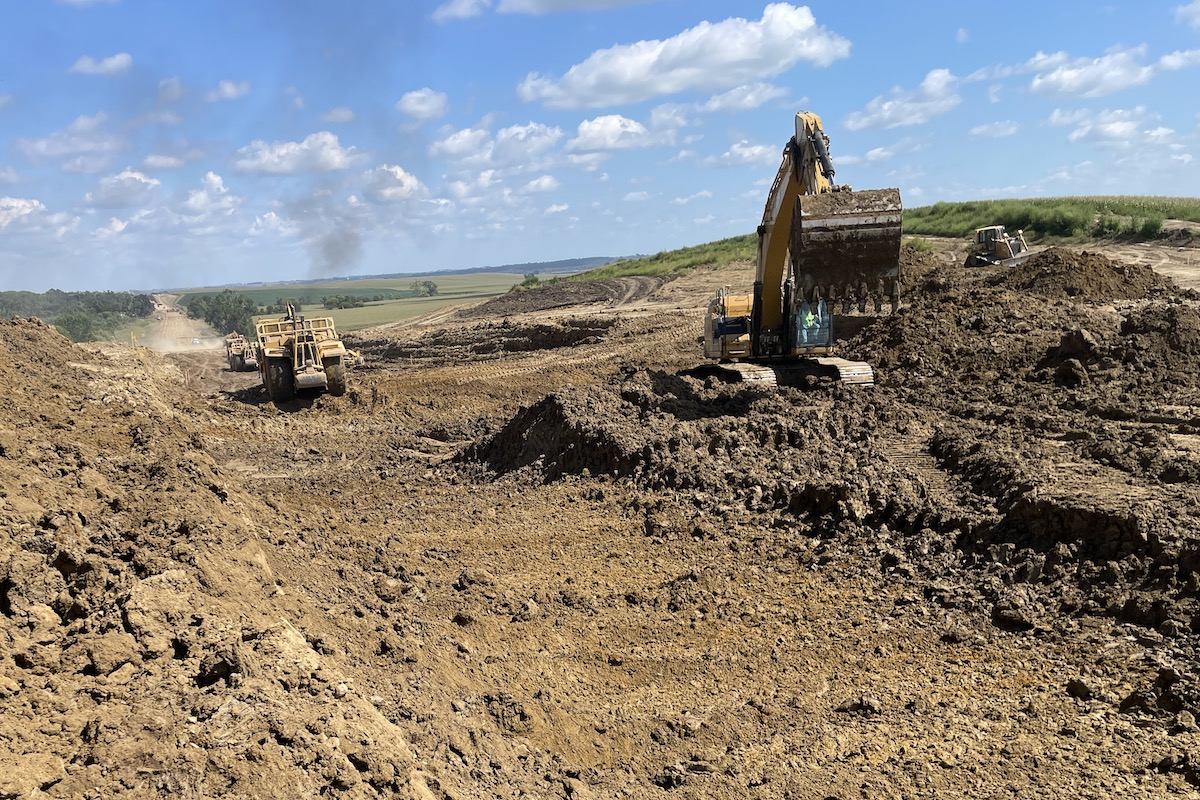Workplace hazards vary from business to business, but the importance of worker safety should be a shared concern among all employers. For decades, falls have been one of the leading causes of injury and fatality among construction and general industry workers. In fact, nearly 40 percent of all construction fatalities are related to falls from heights, according to the U.S. Bureau of Labor Statistics. Approximately 850 workers in the U.S. are killed from falls each year.
Federal OSHA 1910 requires fall protection to be provided to general industry workers exposed to a fall hazard of 4 feet or greater. Federal OSHA 1926 requires fall protection to be provided to construction workers exposed to a fall hazard of 6 feet or greater.
Falls in the workplace can be prevented in many circumstances. Before an organization assigns a task to a worker, it should first identify a way to perform the task safely. That is, in part, the main proponent behind OSHA’s General Duty Clause, requiring employers to adhere to their “general duty” of keeping workers protected from workplace hazards whenever feasible.
However, maintaining legal compliance does not automatically guarantee worker safety. In fact, the Center for Construction Research and Training (CPWR) reported in a 2021 study that nearly 60 percent of fatal falls occurred while workers were using fall protection equipment! A lack of proper training or resources can render the equipment completely ineffective.
When fall protection is taken seriously and worker safety is prioritized, companies benefit in more ways than preventing fatalities. Unsuccessful fall protection programs can have a significant impact on employee retention, company morale, and even business profitability. This article discusses some of the challenges businesses face when fall incidents occur and how preventing falls protects not just workers at-height, but the entire company.

| Your local Volvo Construction Equipment dealer |
|---|
| Romco Equipment Co |
Falls occurring in the workplace can be a traumatic event, and not necessarily just for the victim.
OSHA regulations permit fall protection equipment manufacturers to allow up to 1,800 pounds of force to be felt by fall victims during successful fall arrest. Even with the latest fall arrest technology used properly and a “minor” fall occurring, workers can still expect to feel at least a few hundred pounds of force. That could be more than enough force to cause minor injuries or result in time away from work.
If equipment is misused or malfunctions due to poor maintenance, workers may suffer more serious injuries or even fatalities. However, when fall protection is used according to manufacturer specifications, it can be all but guaranteed to function as expected and limit the worker’s injuries.
Typical direct costs and financial consequences after a fall include workers’ compensation, potential OSHA fines, legal fees, and other medical expenses. The National Safety Council (NSC) reported in fiscal year 2022-2023 that the average worker’s compensation payout for fall incidents was $54,499. Still, this number can increase significantly if the head, neck, or multiple body parts are injured during the fall.

| Your local Gradall Industries dealer |
|---|
| Kirby-Smith Machinery |
| ASCO Equipment |
| WPI |
Falls do not automatically guarantee OSHA citations and penalties, but employers should be prepared to face some scrutiny from OSHA. Even in cases where no standard explicitly requires fall protection, OSHA’s General Duty Clause is often cited when an organization fails to prevent worker harm. OSHA’s maximum penalty for serious violations is $16,550 and can be incurred daily if companies fail to abate safety hazards before established deadlines. Willful or repeated violations can be subject to a maximum penalty of $165,514 per violation.
Medical expenses vary based on the severity of the fall, but the NSC reports that head, neck, and multiple body-part injuries are among the three highest workers’ compensation claims due to increased medical costs.
Preventing falls in the first place is the most effective way to mitigate these avoidable business expenses. If effective fall protection programs are in place and no falls occur, there is no aftermath from injury or fatality to navigate! However, that notion is much easier said than done and requires cooperation at every level of an organization.
The NSC states, “The true cost to the nation, employers, and individuals of work-related deaths and injuries is much greater than the cost of workers’ compensation insurance alone.”

| Your local Yanmar dealer |
|---|
| CLM Equipment Co |
| WPI |
In addition to direct financial costs, falls can put extra strain on a company’s profitability. For instance, in 2023, the NSC said that, on average, a company must earn an additional $1.46 million in revenue to offset the costs of a workplace death.
Physical injuries are just the first of many consequences after a fall — and the entire organization will be affected. For one, productive time is lost when a fall occurs. Depending on the severity of the fall, work operations may need to cease for several hours. Businesses typically experience increased absenteeism or callouts from other employees in the days following a fall. Workers may even seek other employment if they do not feel their current employer does enough to protect employees from falls. The resources required to hire temporary or replacement workers can quickly accumulate, and additional time will be spent returning the organization to its former productivity levels.
Workplace falls can also negatively impact company morale, employee retention, and the organization's profitability. Other indirect financial costs can compound quickly, depending on the severity of the fall incident. Some sources claim indirect costs can amount to almost four times the direct costs — and that figure does not account for potential losses the company may face while dealing with the aftermath of a fall incident.
If a fall occurs, it is obviously too late for the fall victim to have their injuries prevented. However, fall incidents can become valuable learning opportunities for employers and their employees. Companies must be willing to learn from their mistakes, identify solutions to prevent an accident from recurring, and train employees thoroughly on what could have been done differently or on changes made to prevent future incidents.

| Your local Bobcat dealer |
|---|
| Bobcat of North Texas |
| Compact Construction Equipment, Inc |
Fortunately, fall protection user compliance can be increased simply by training and encouraging workers to wear the equipment. The CPWR reported that workers who believed their employer required fall protection equipment were eight times more likely to use it than those who did not. Furthermore, they reported that the odds of a fall being fatal were 76 percent lower for organizations that incorporated self-rescue training.
Education, empowerment, and positive encouragement can yield tangible results in improving the effectiveness of a fall protection program.
Companies can choose their reasons for providing fall protection, be it ethical, financial, or simply wanting to meet the bare minimum legal compliance. Whatever the reason, companies should feel a moral obligation to keep their workers safe while performing required tasks.
Safe workers are generally more productive and happier. Not only are they better protected from injuries and fatalities, but the business is protected from the financial, logistical, and legal challenges that result after a fall incident. Fall protection providers like Diversified Fall Protection can help ensure that safety programs are as robust, proactive, and effective as possible.

| Your local Bobcat dealer |
|---|
| Central Texas Equipment |
| Nueces Power Equipment |
| Air Compressor Solutions |
| Romco Equipment Co |
If we can prevent falls, we can avoid tragedies. The efforts put into providing more fall protection will create a safer world that, hopefully, will eventually see an end to preventable falls in the workplace. In the meantime, we must continue to collaborate to provide safe workplaces for workers everywhere.
Philip Jacklin is Continuing Education Program Manager for Diversified Fall Protection. He is an AIA continuing education provider, QSSP certified, OSHA-30 trained, and has been a partner to the fall protection industry since 2018.

